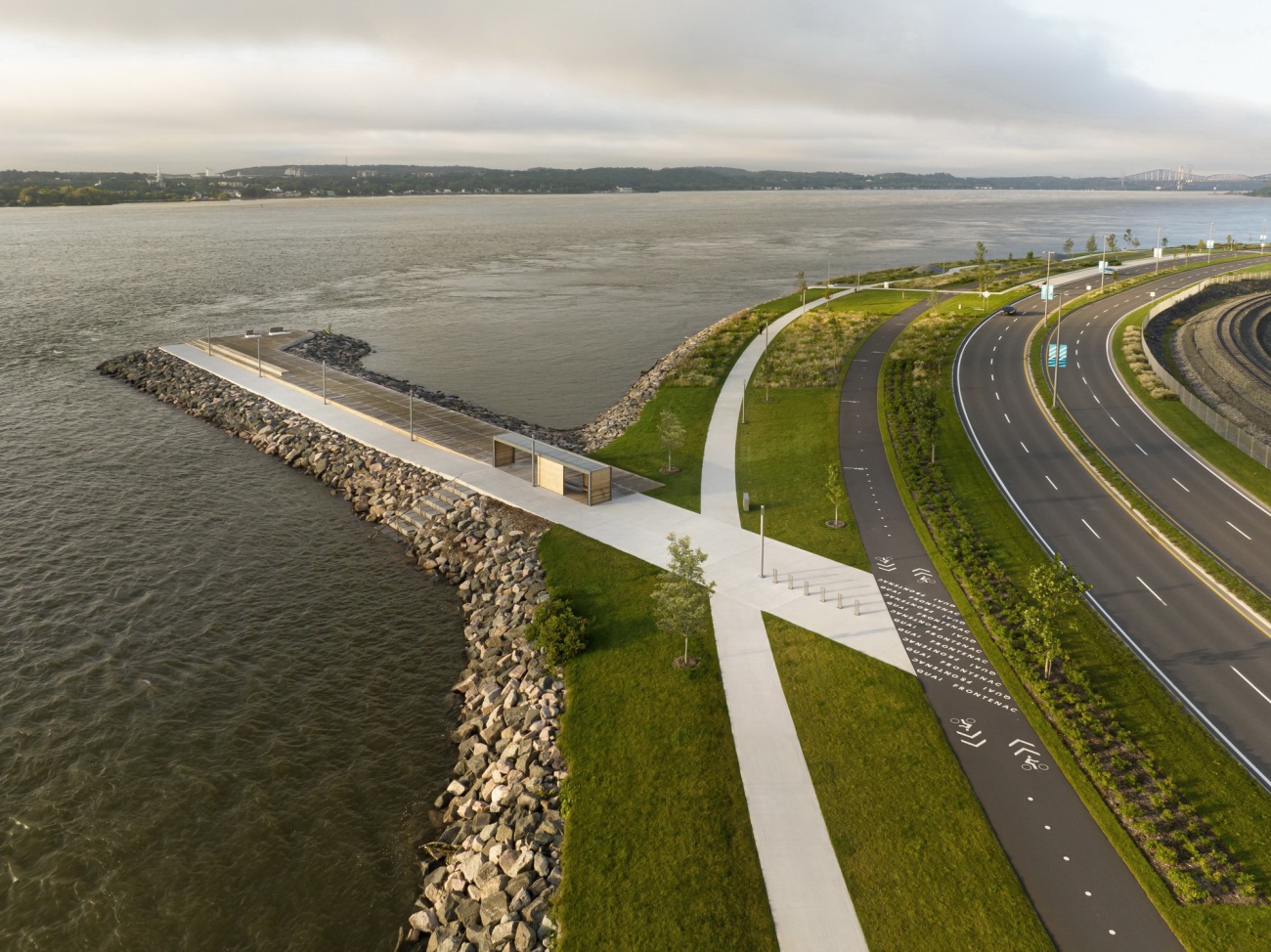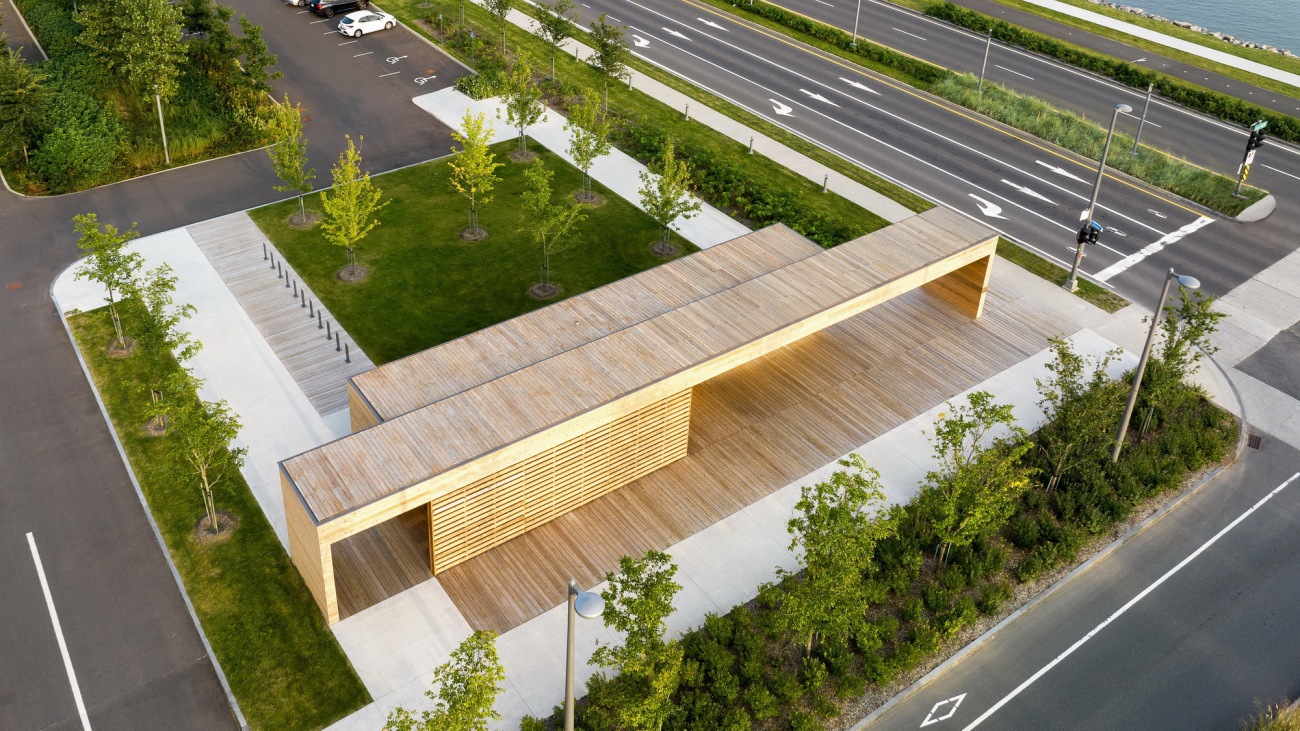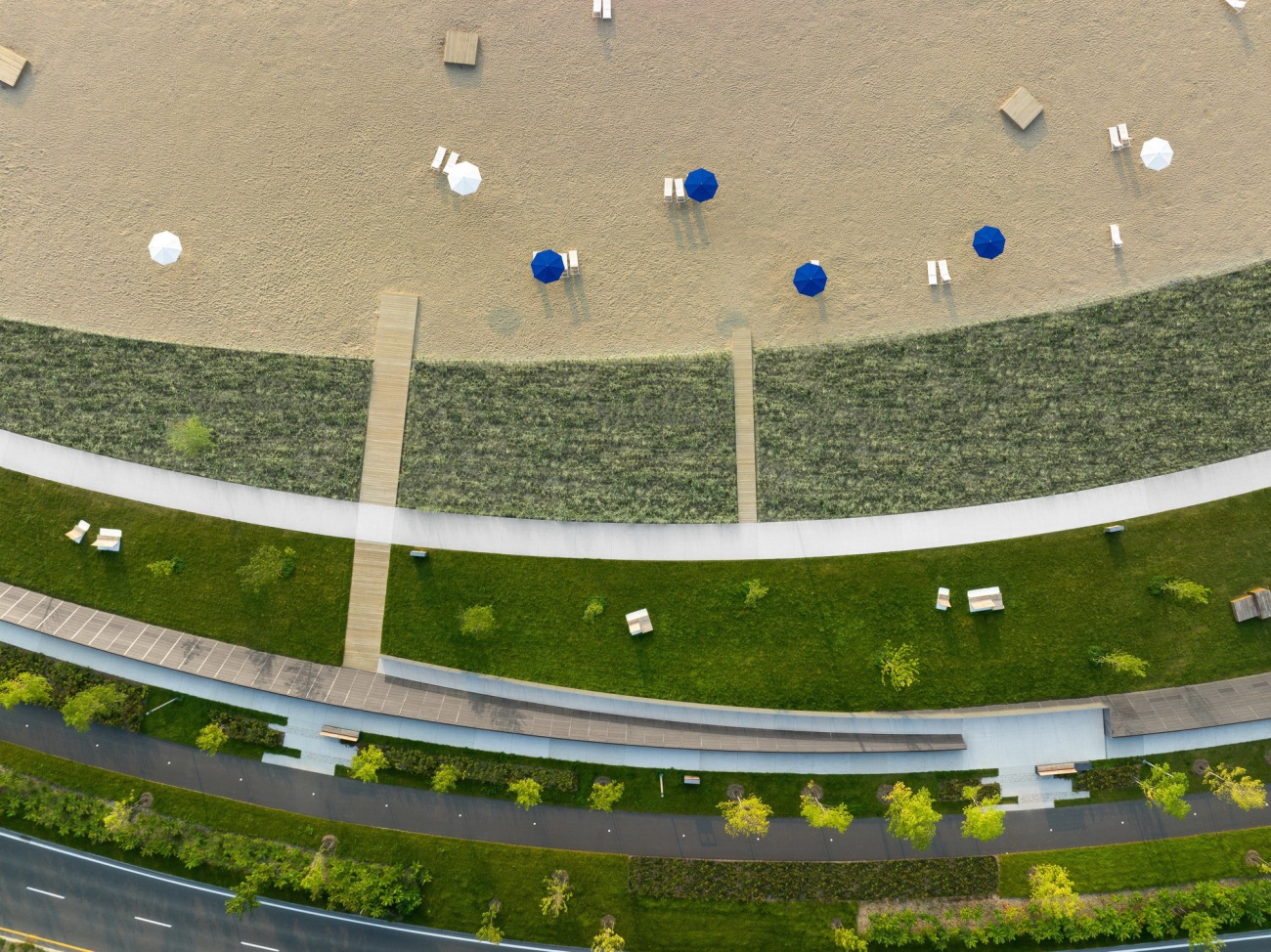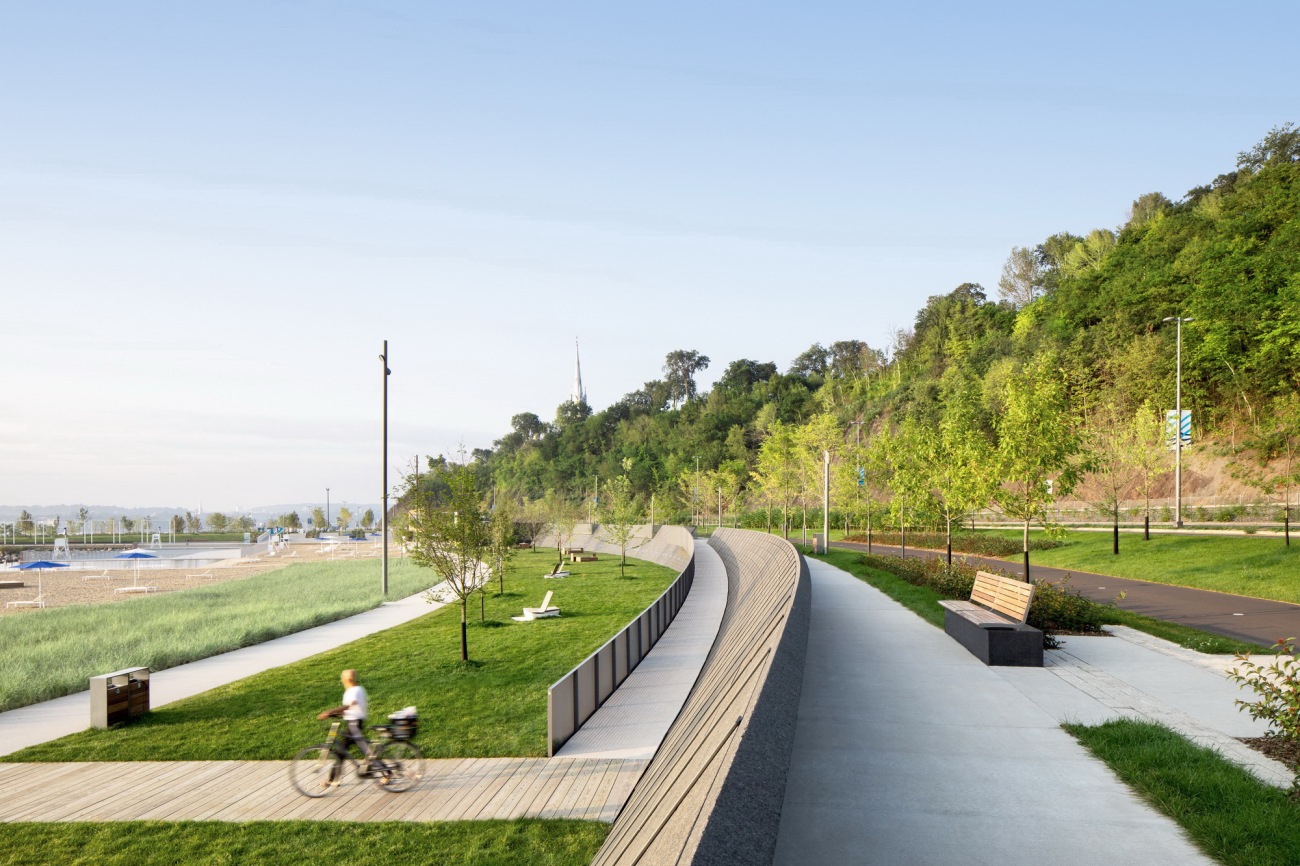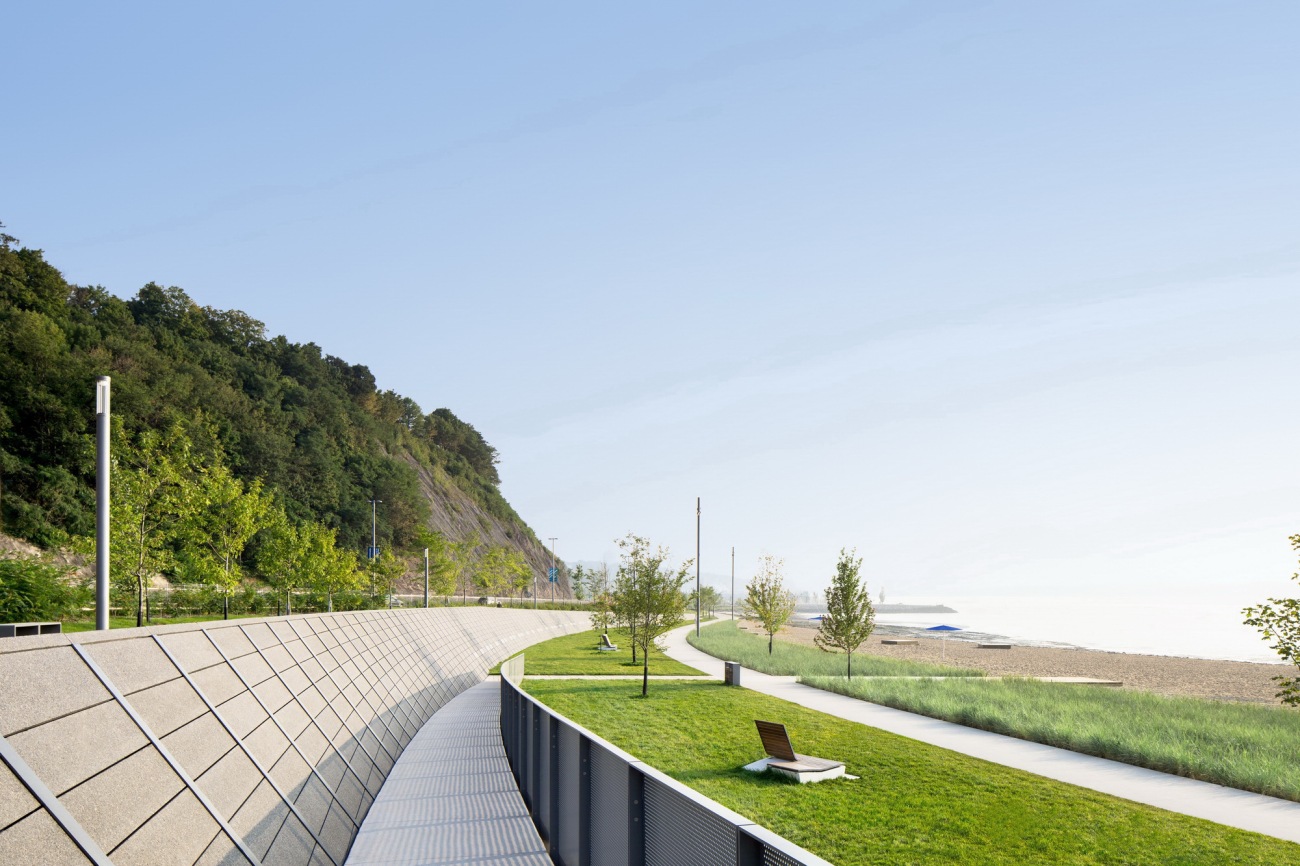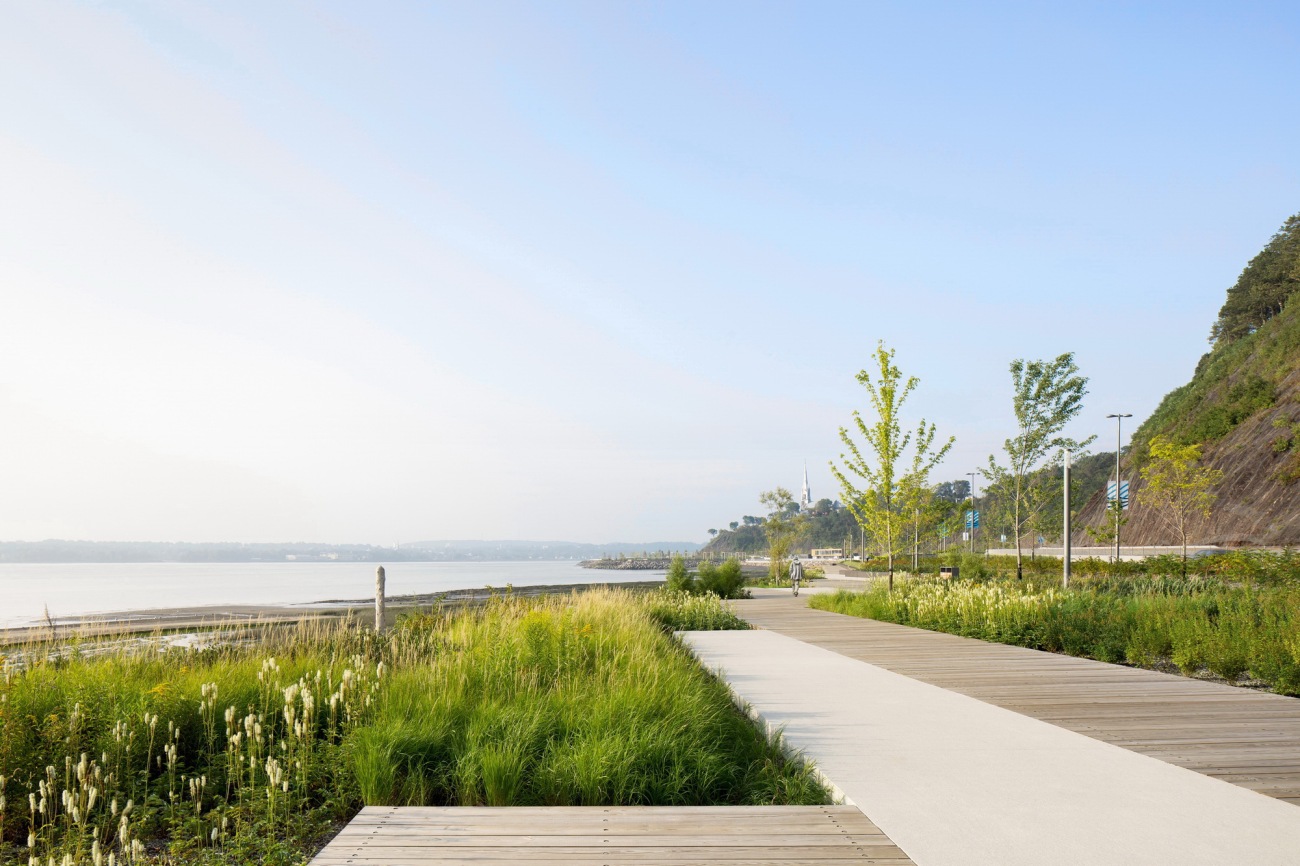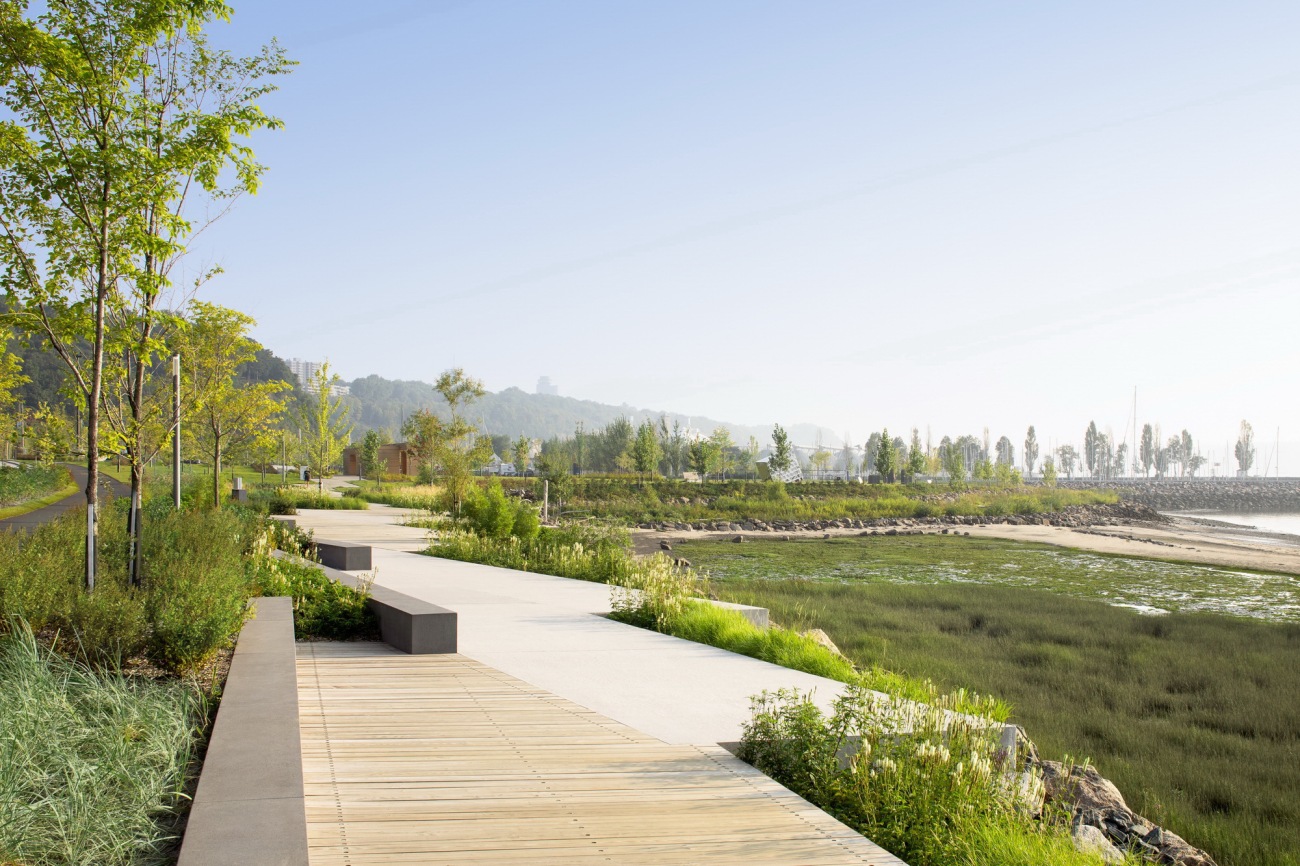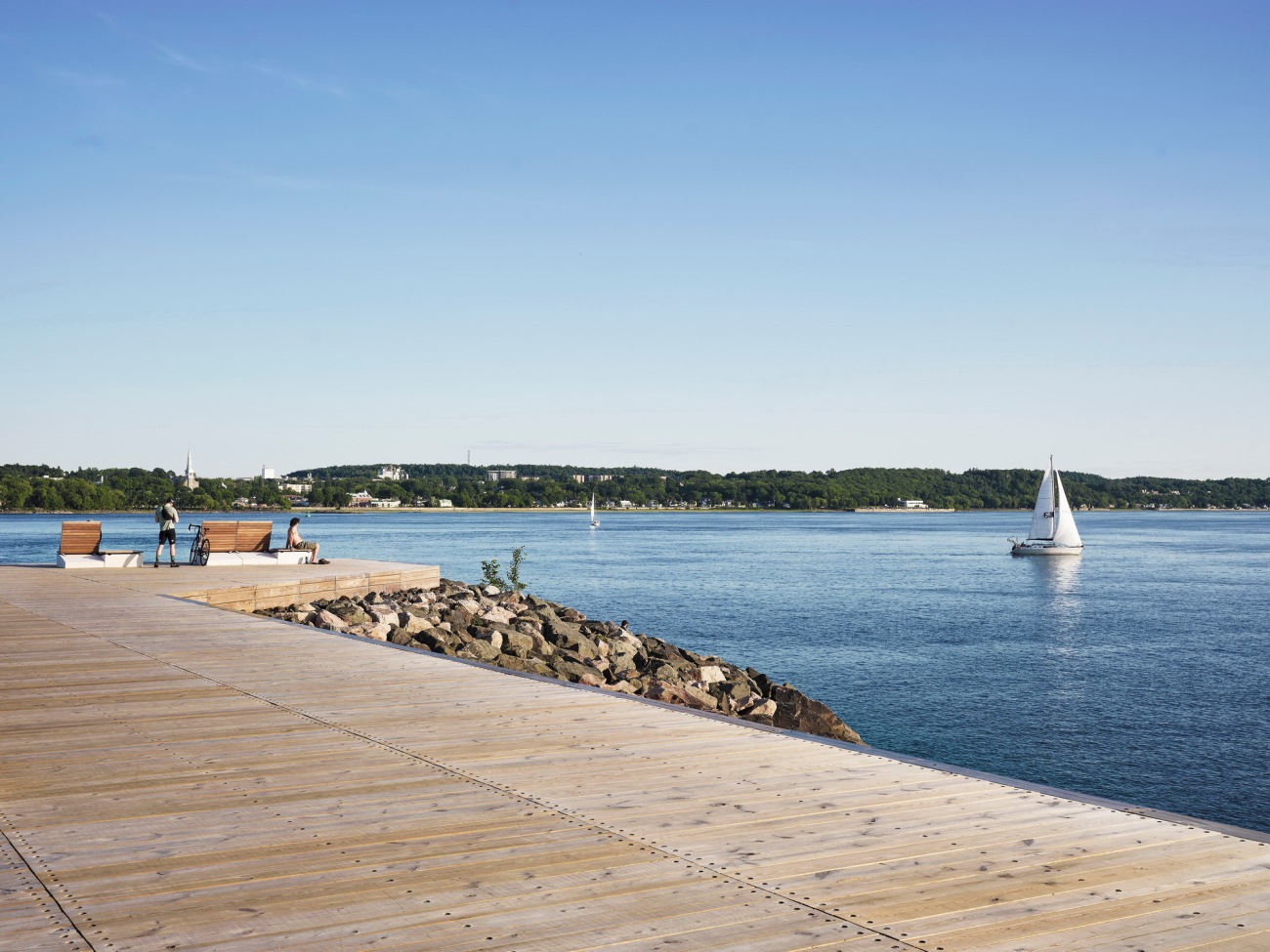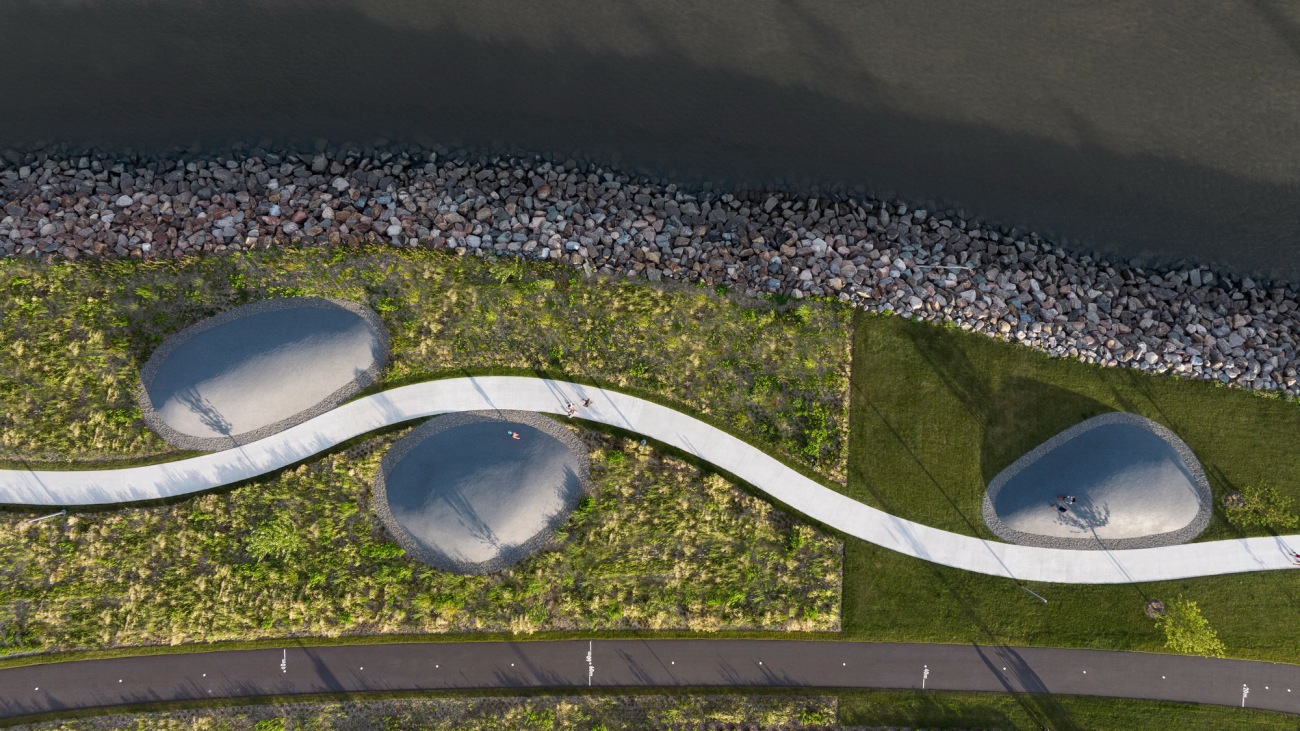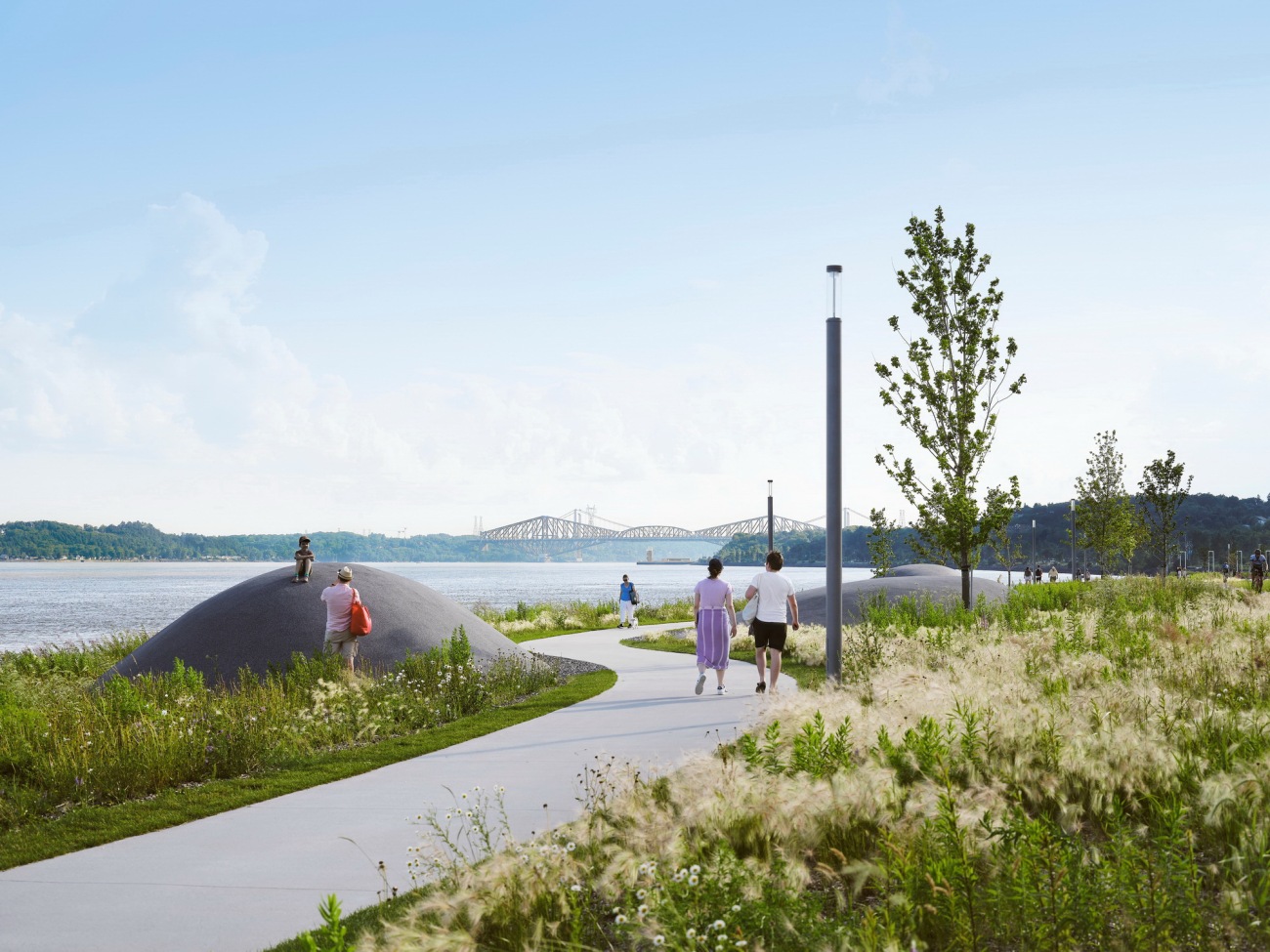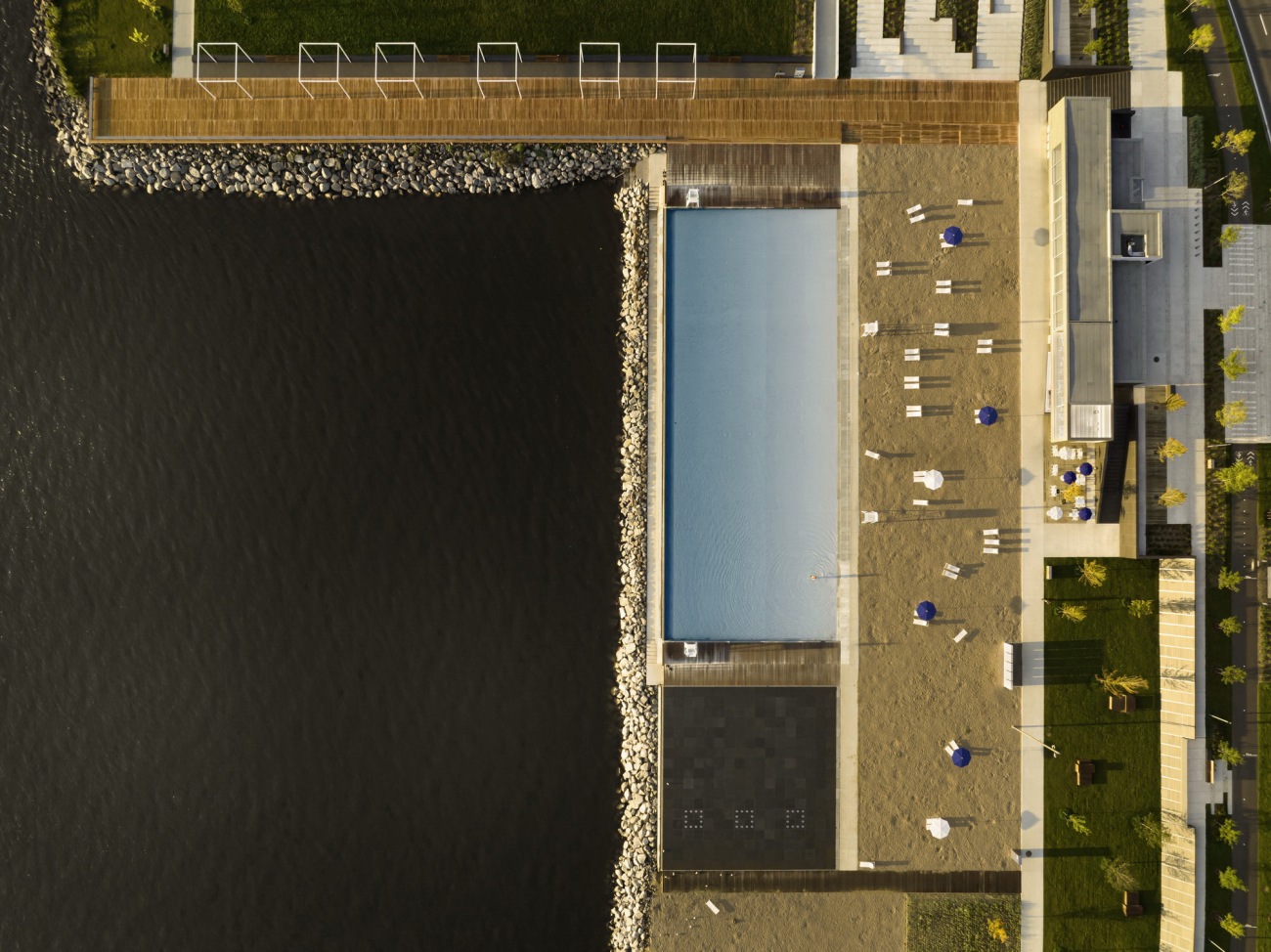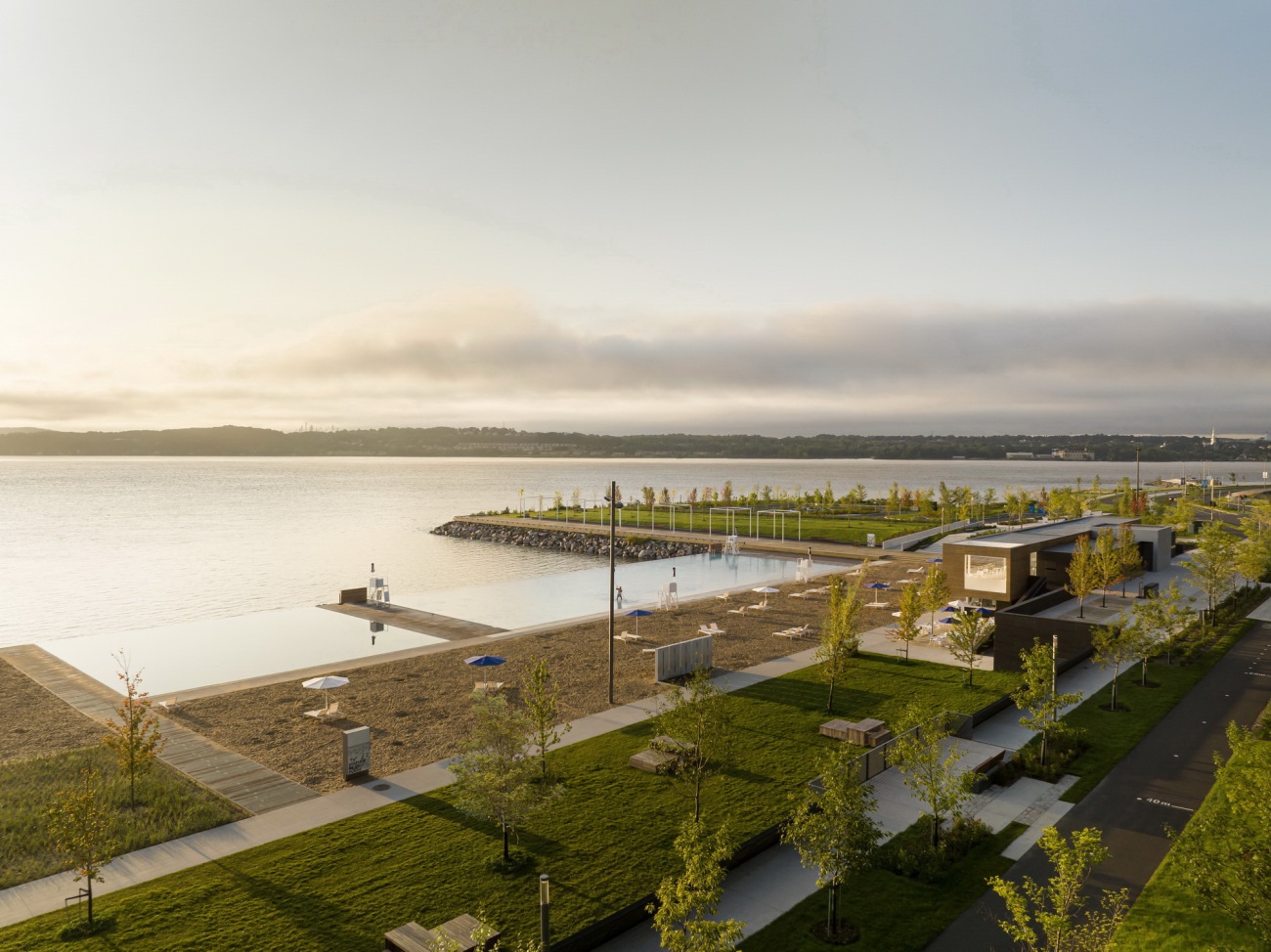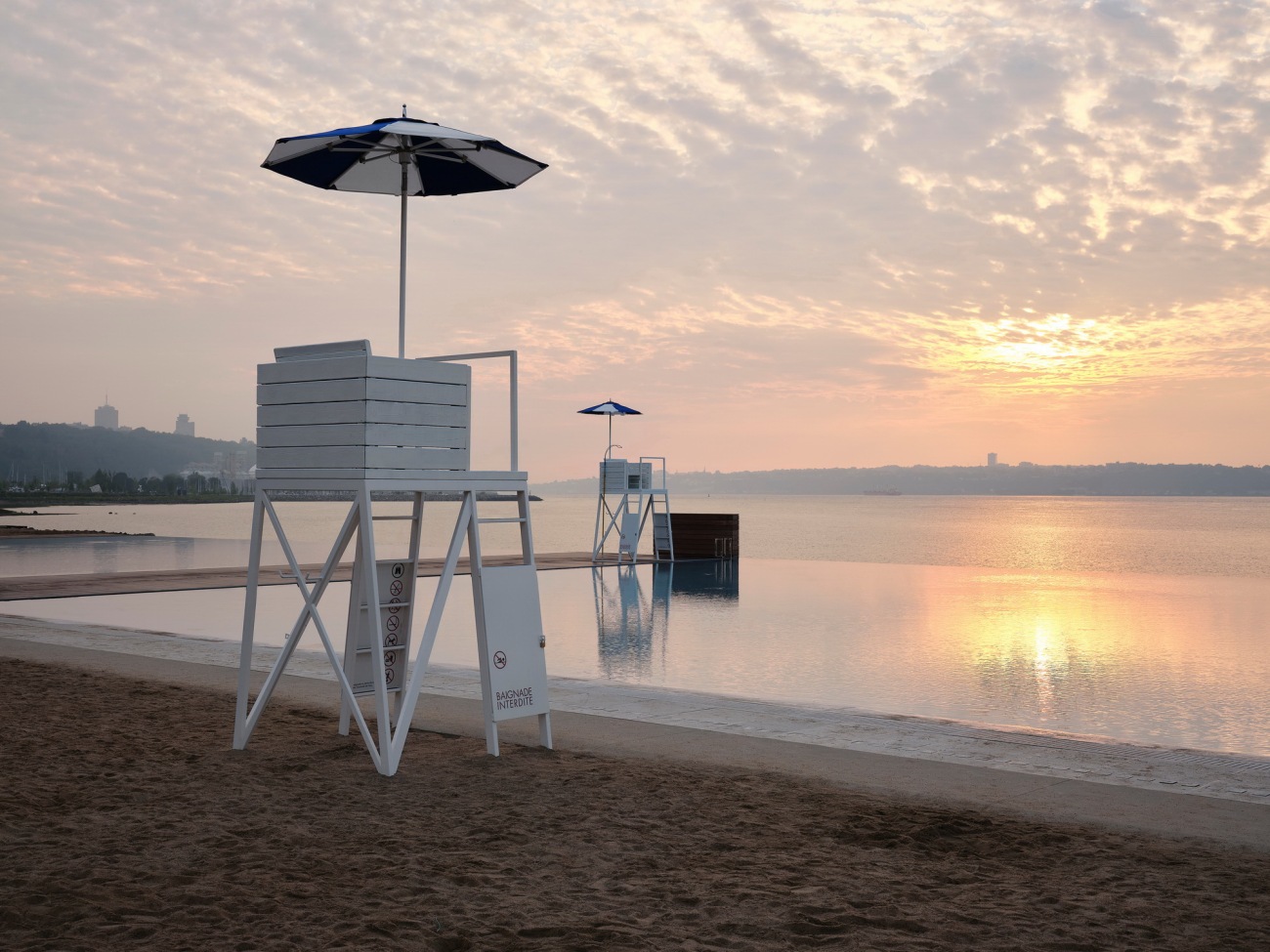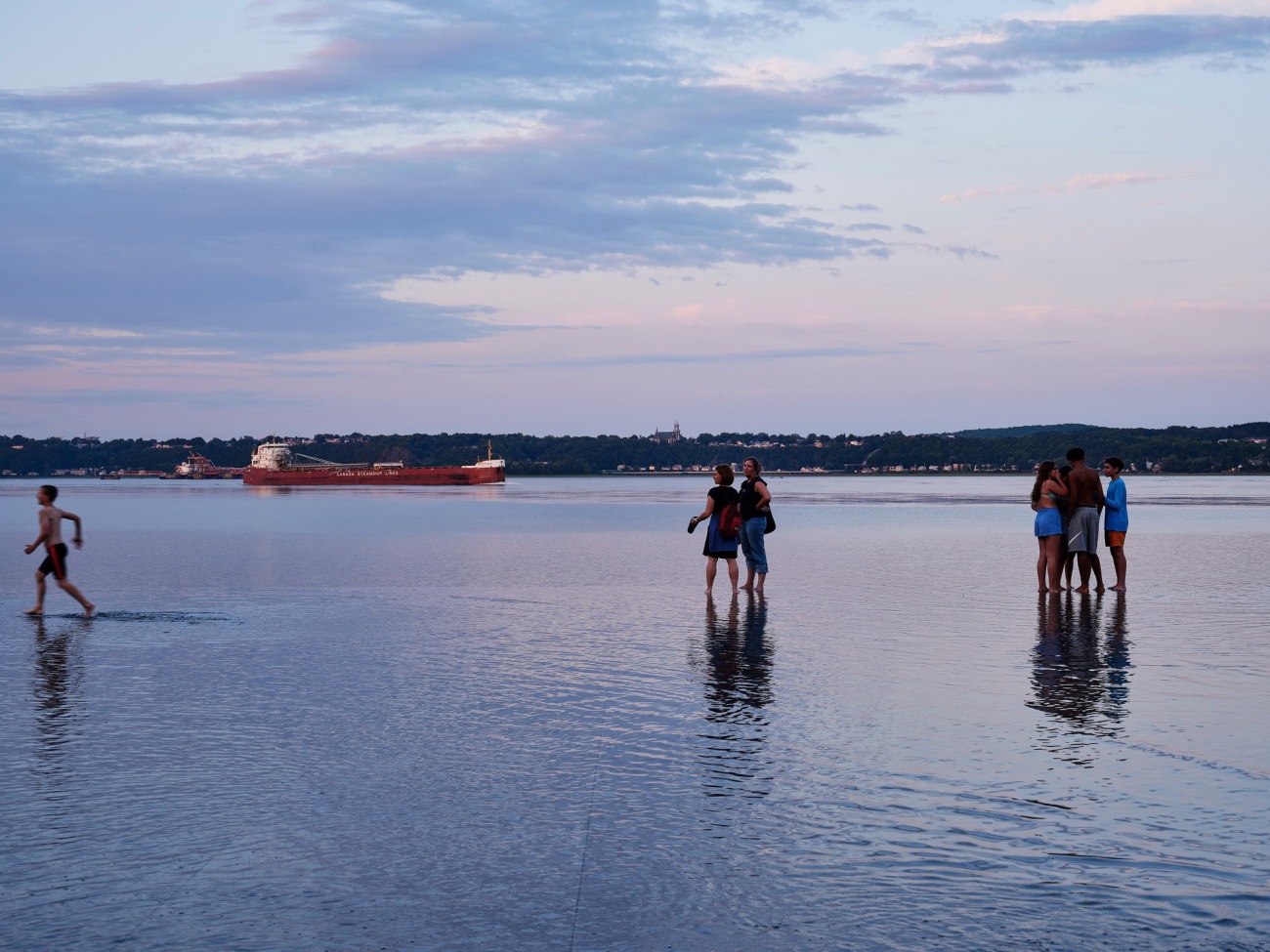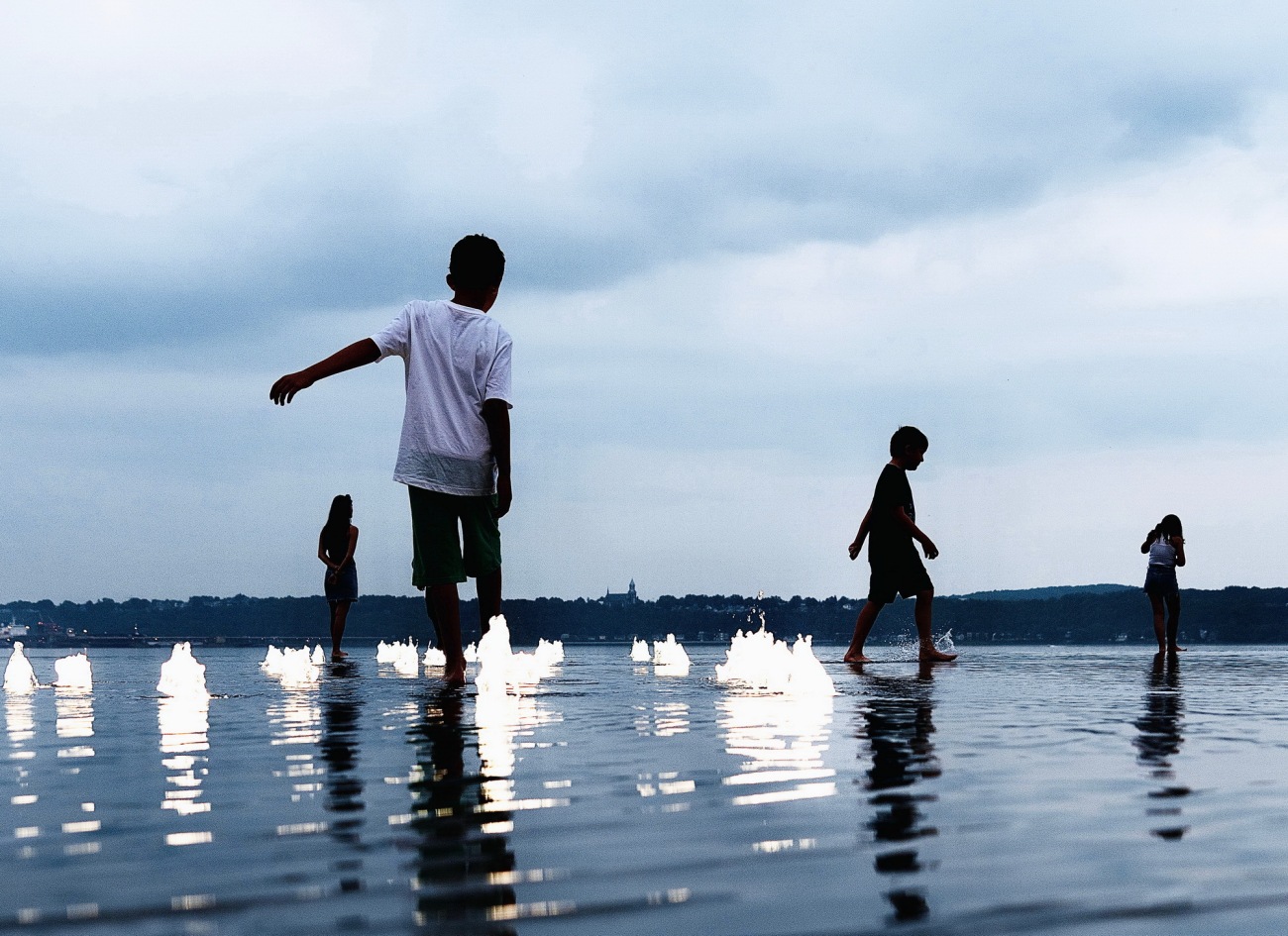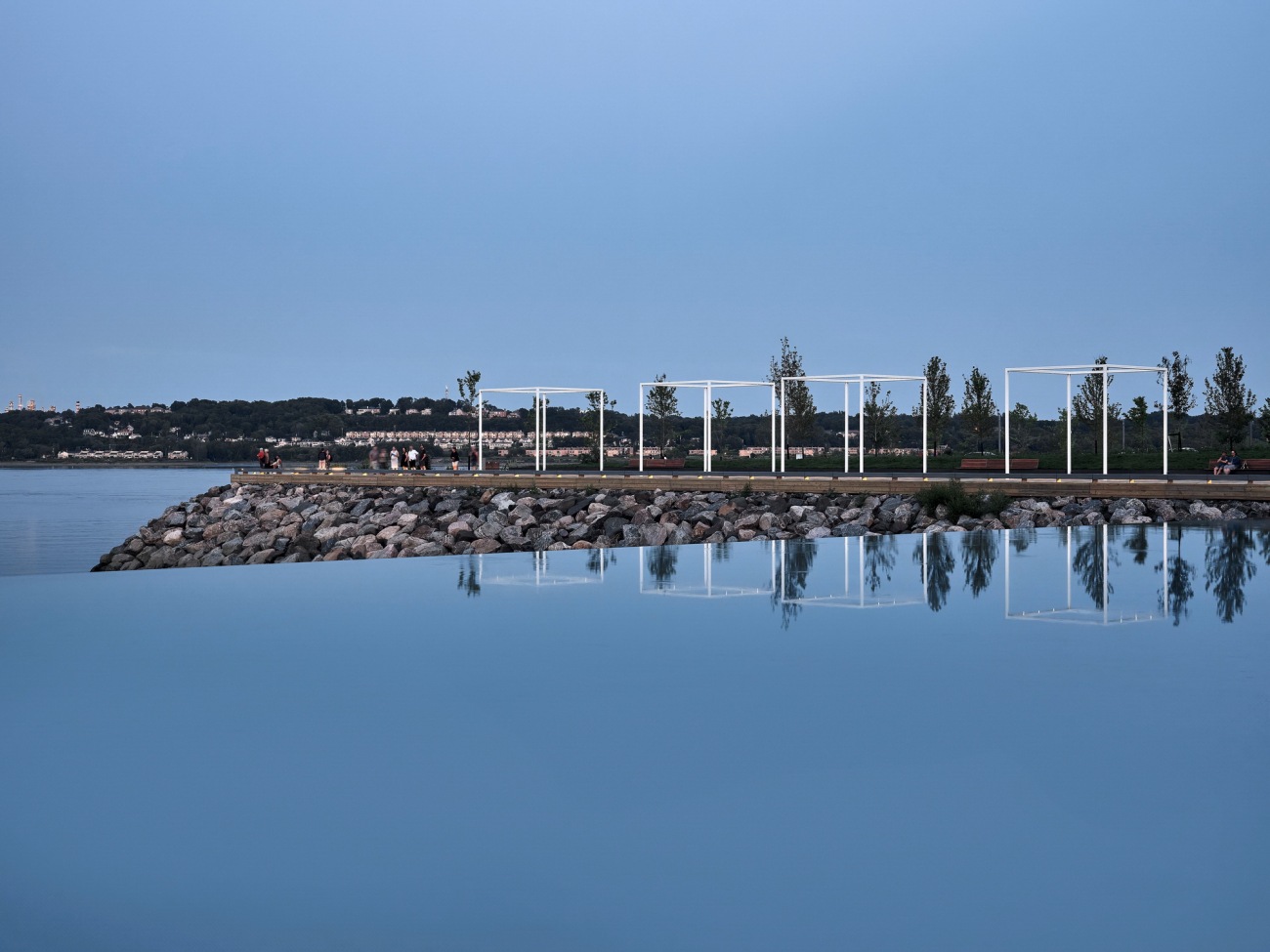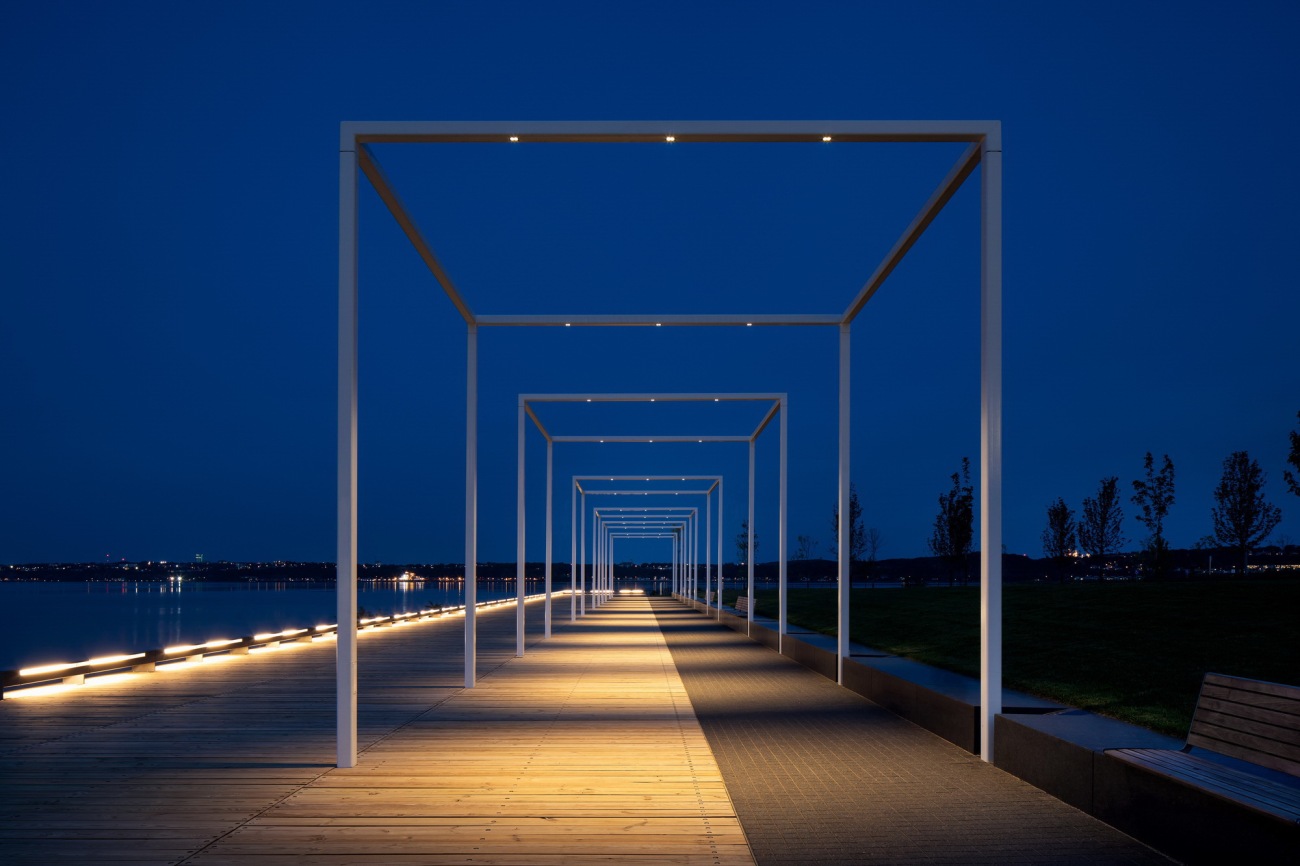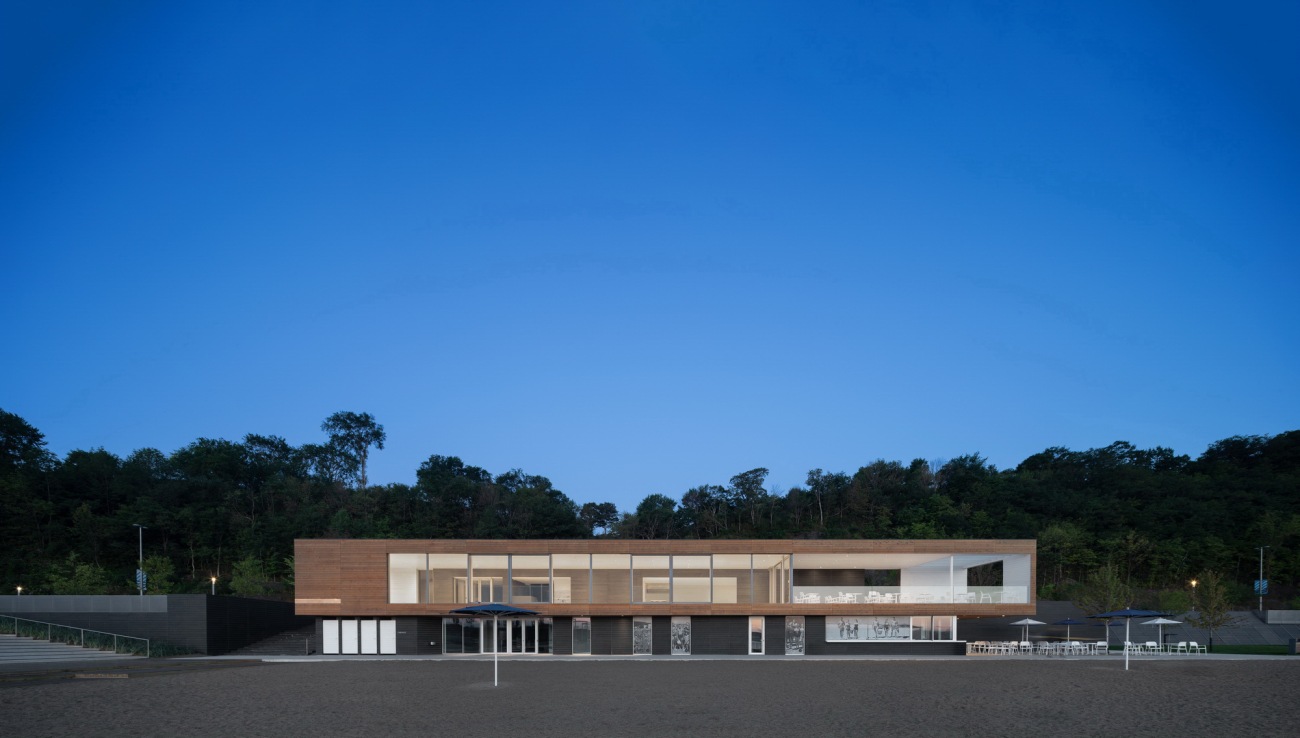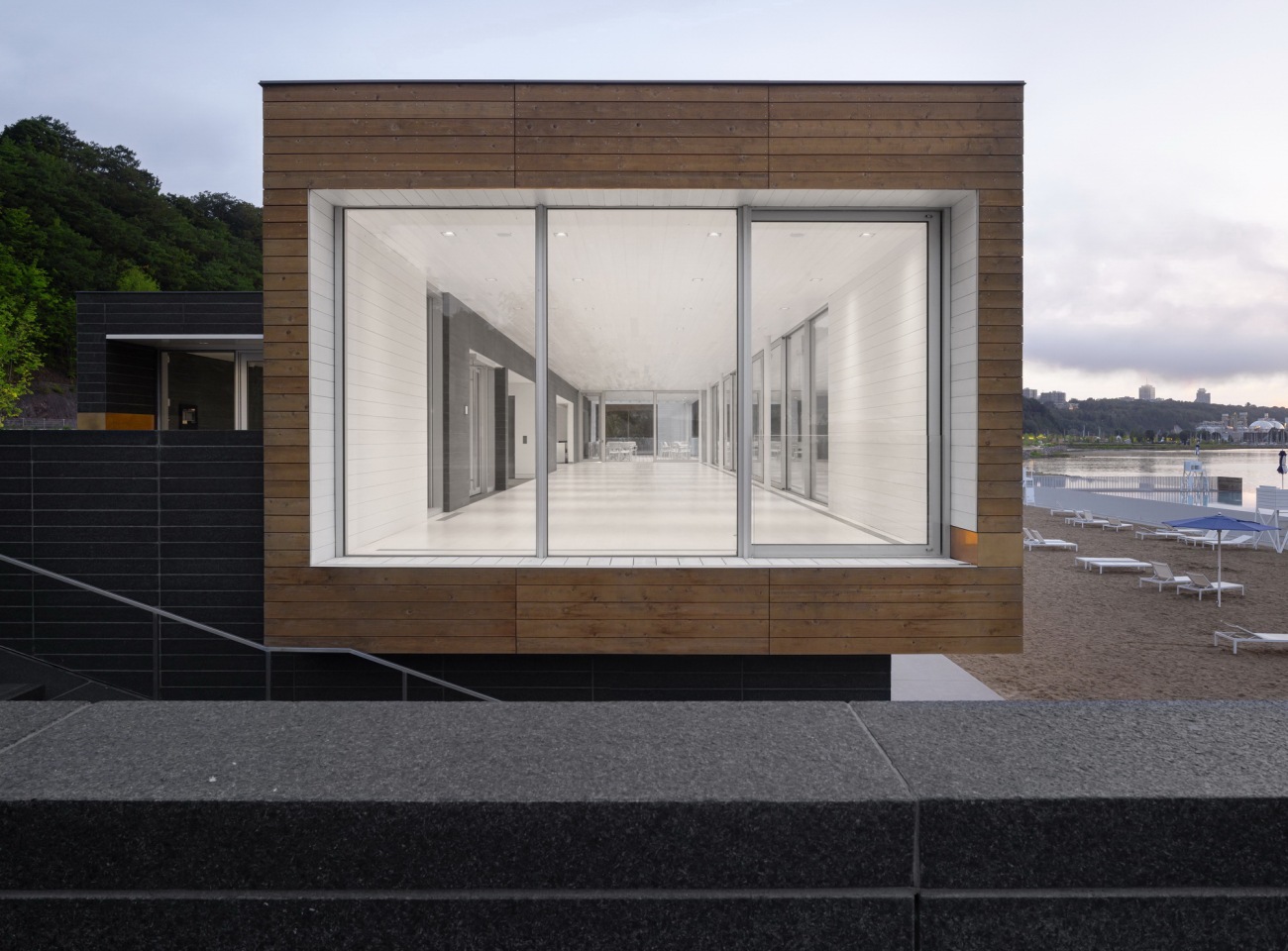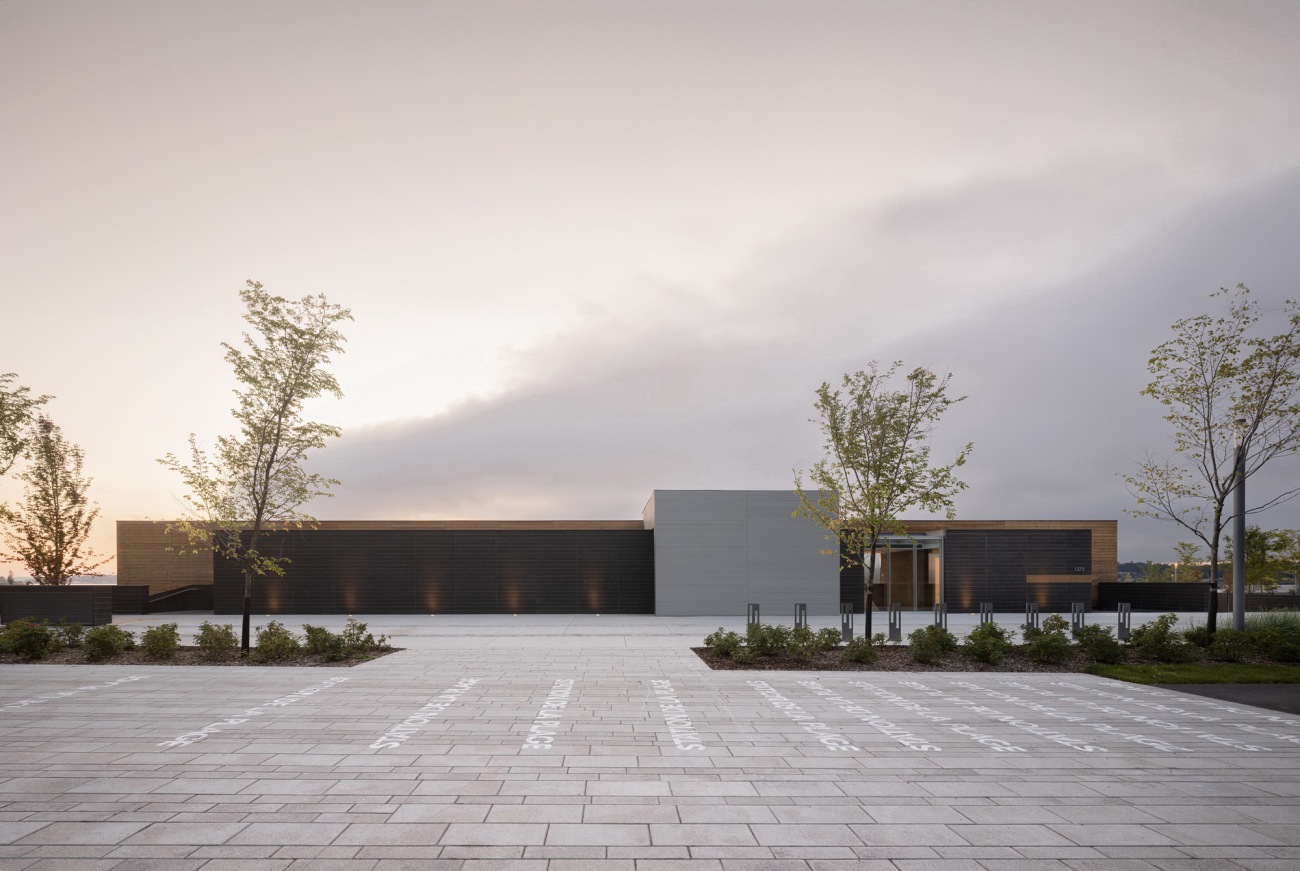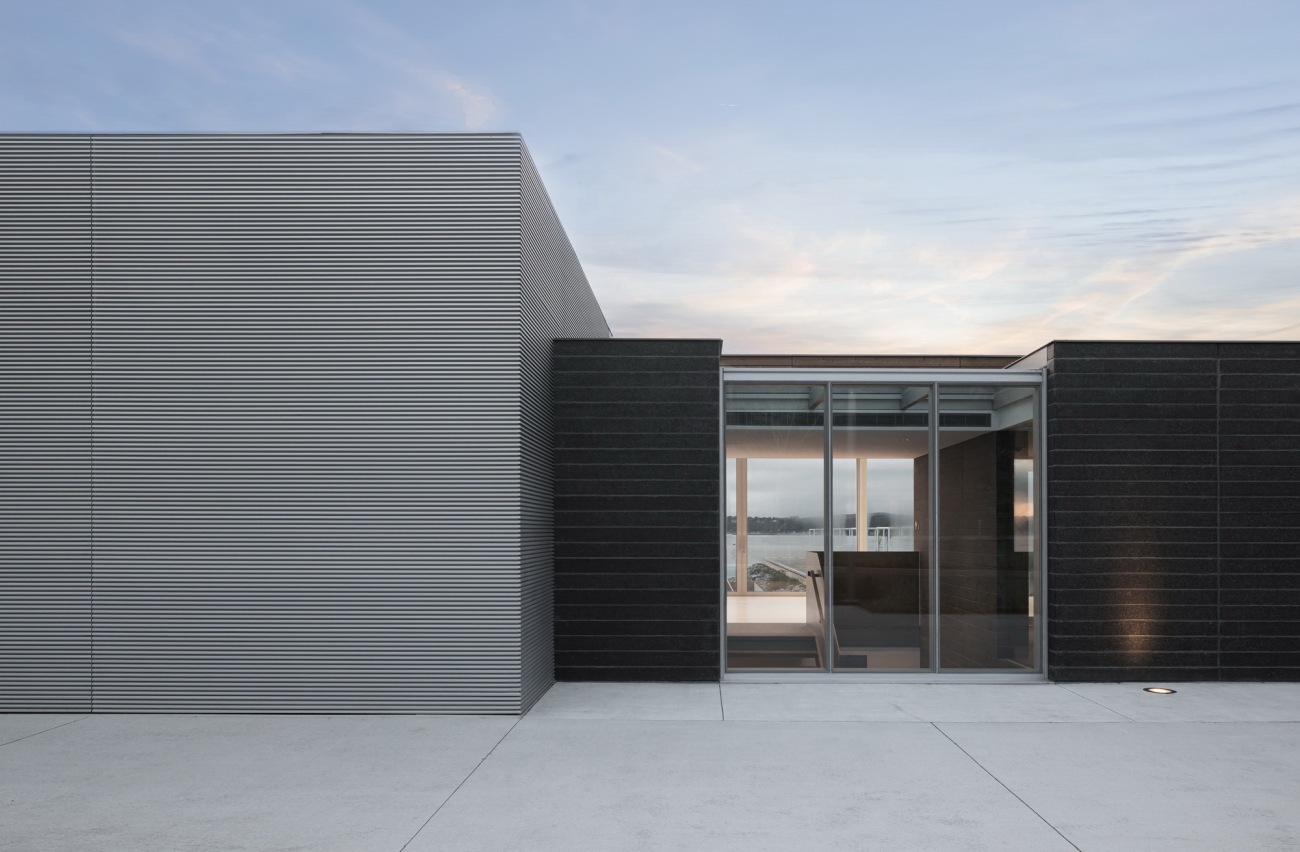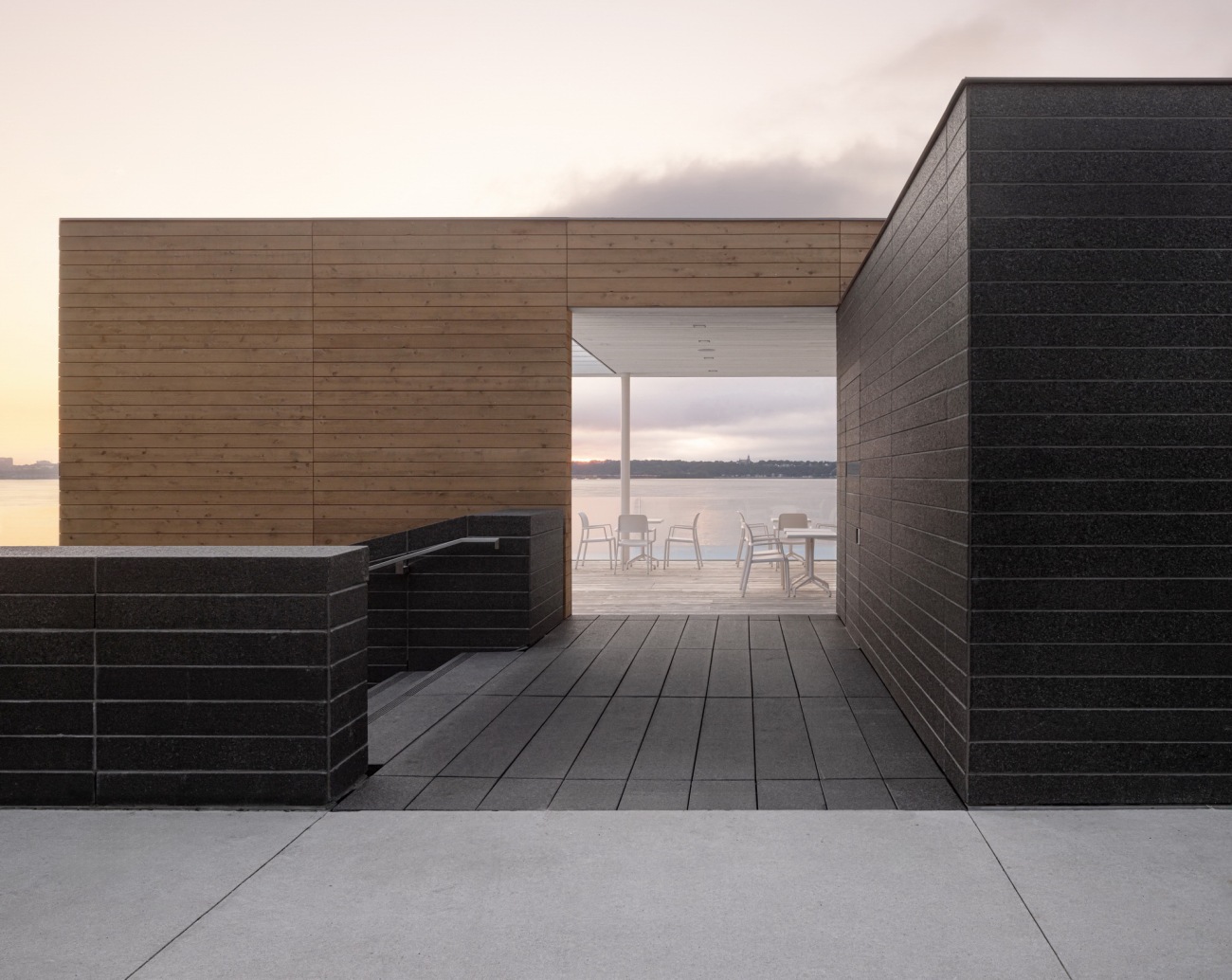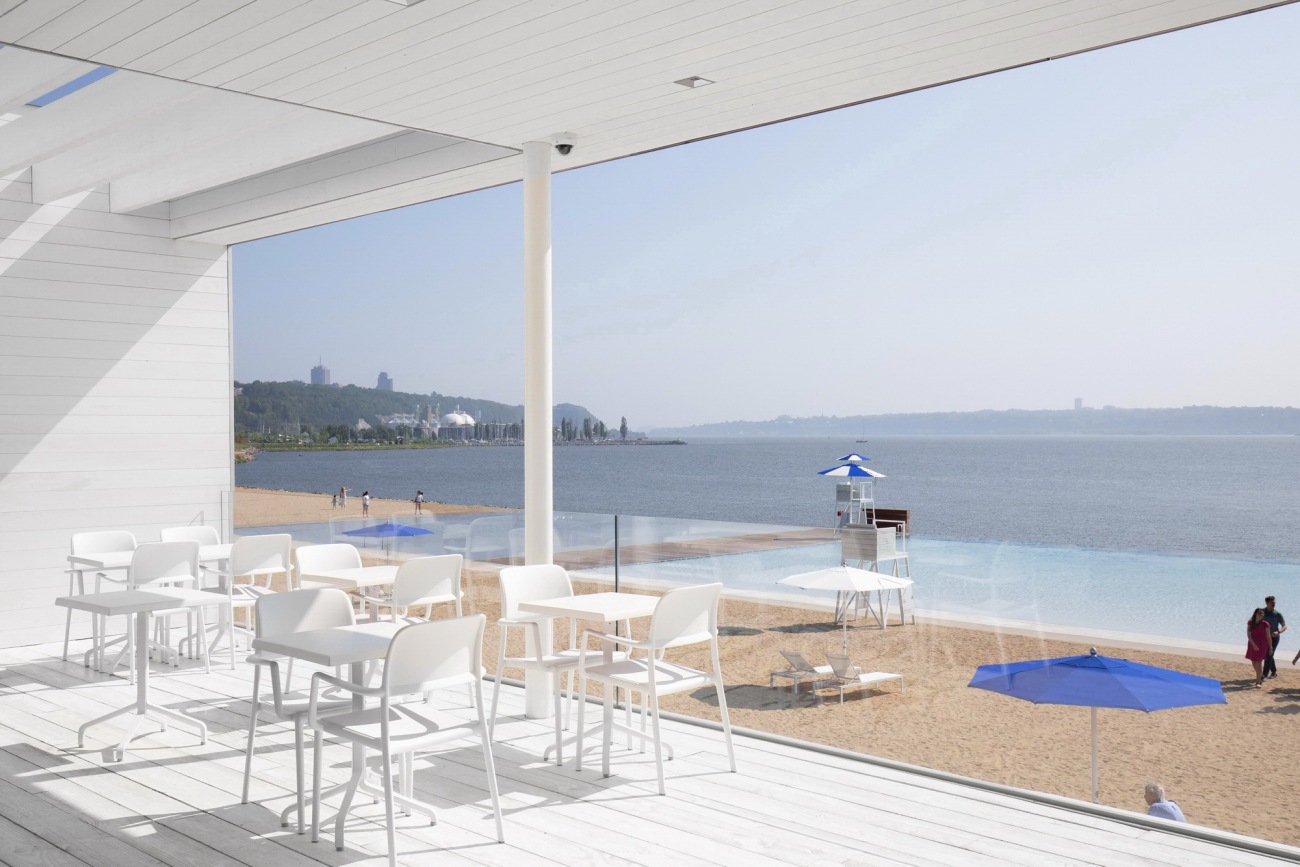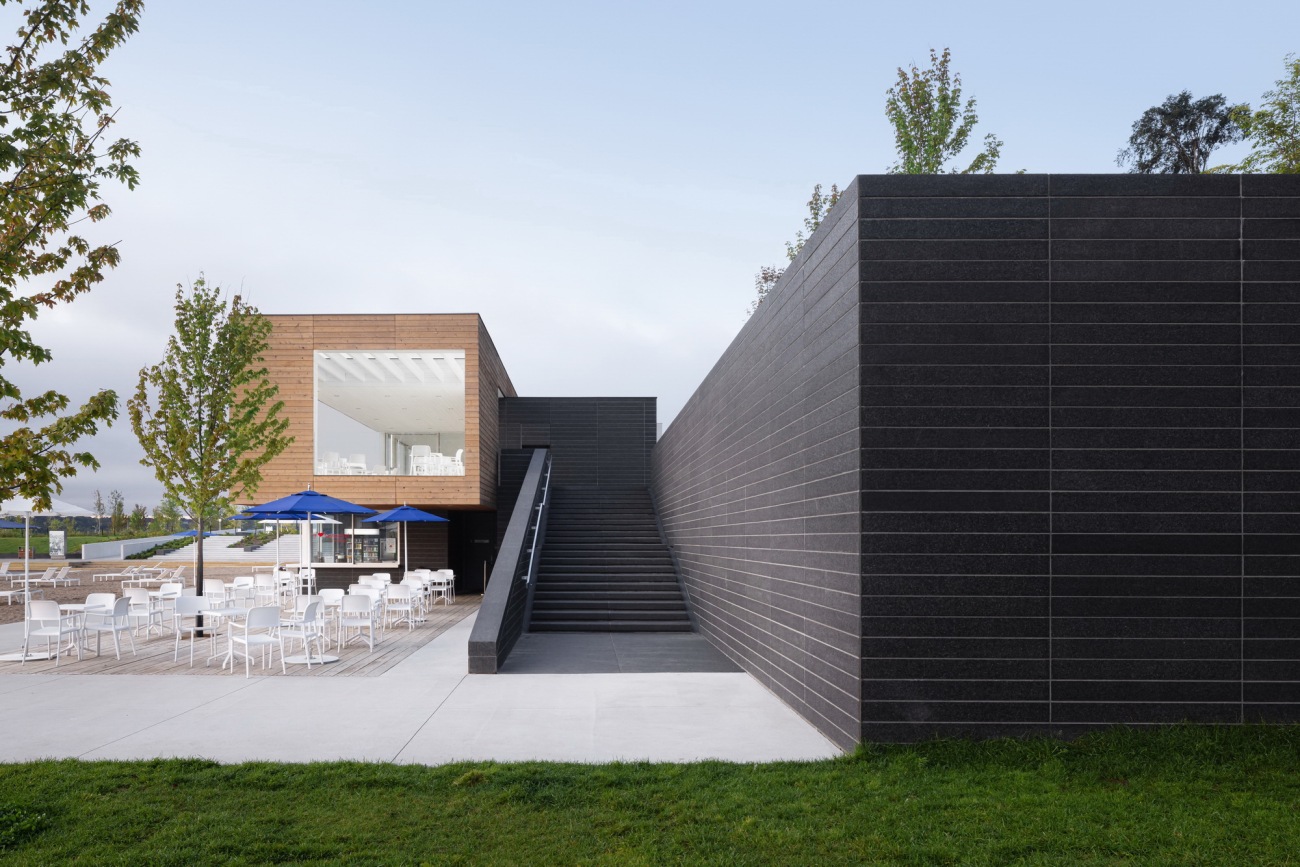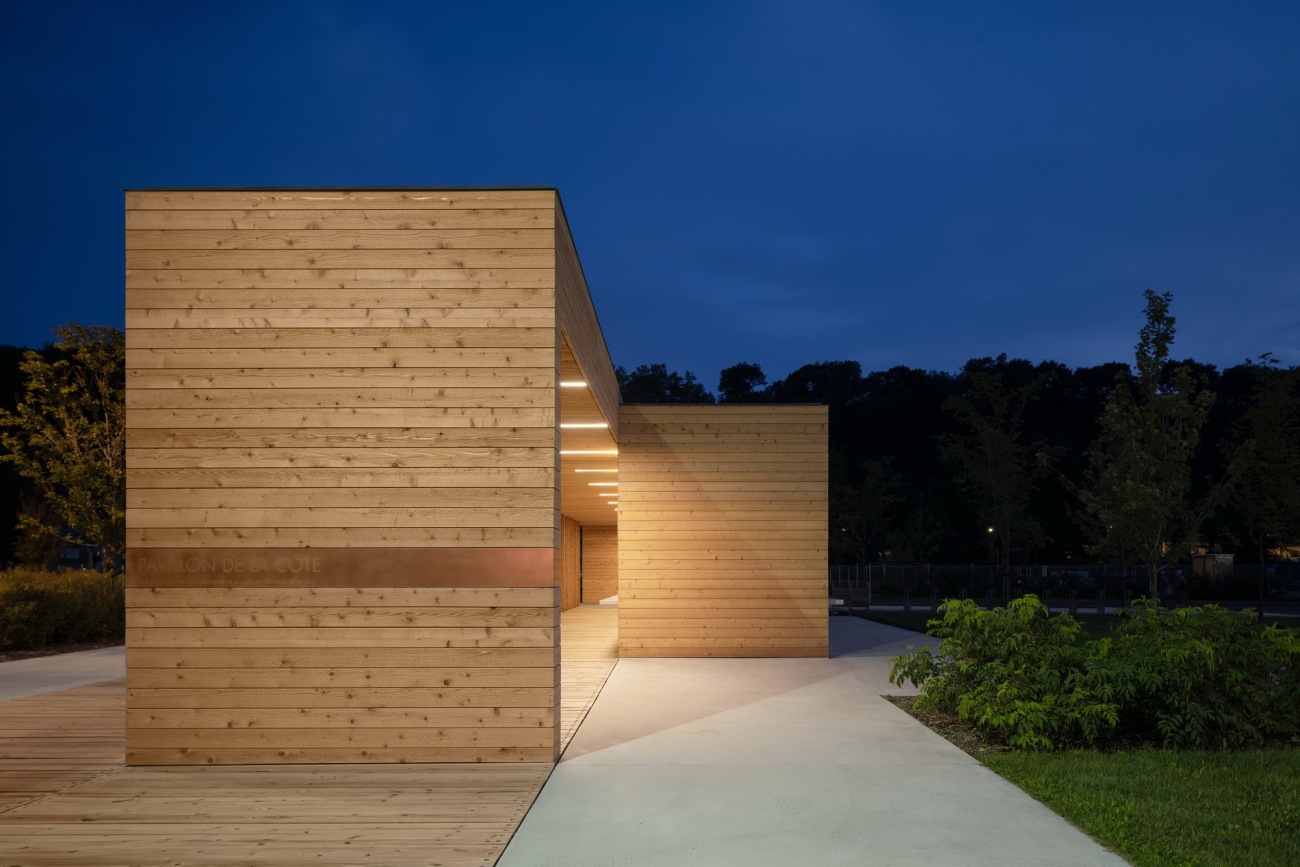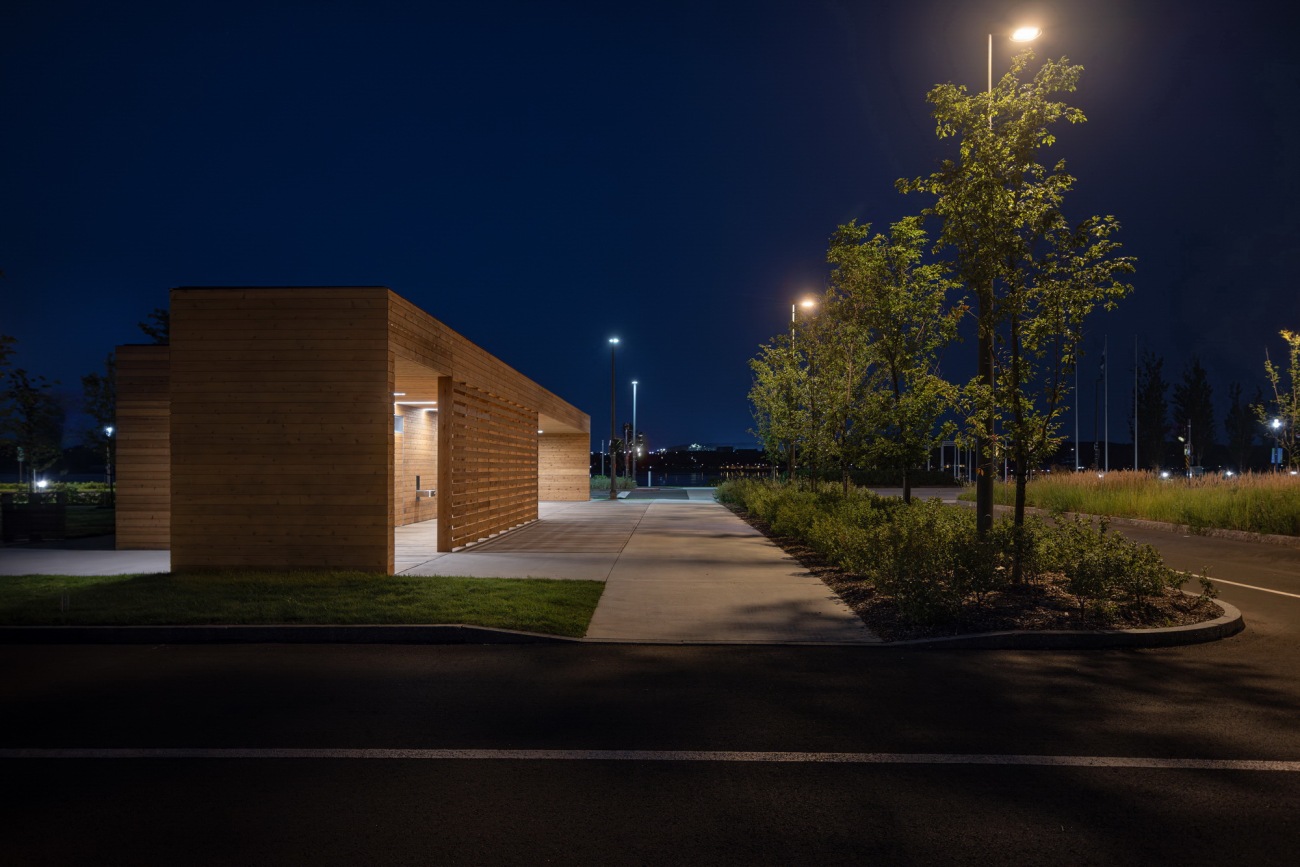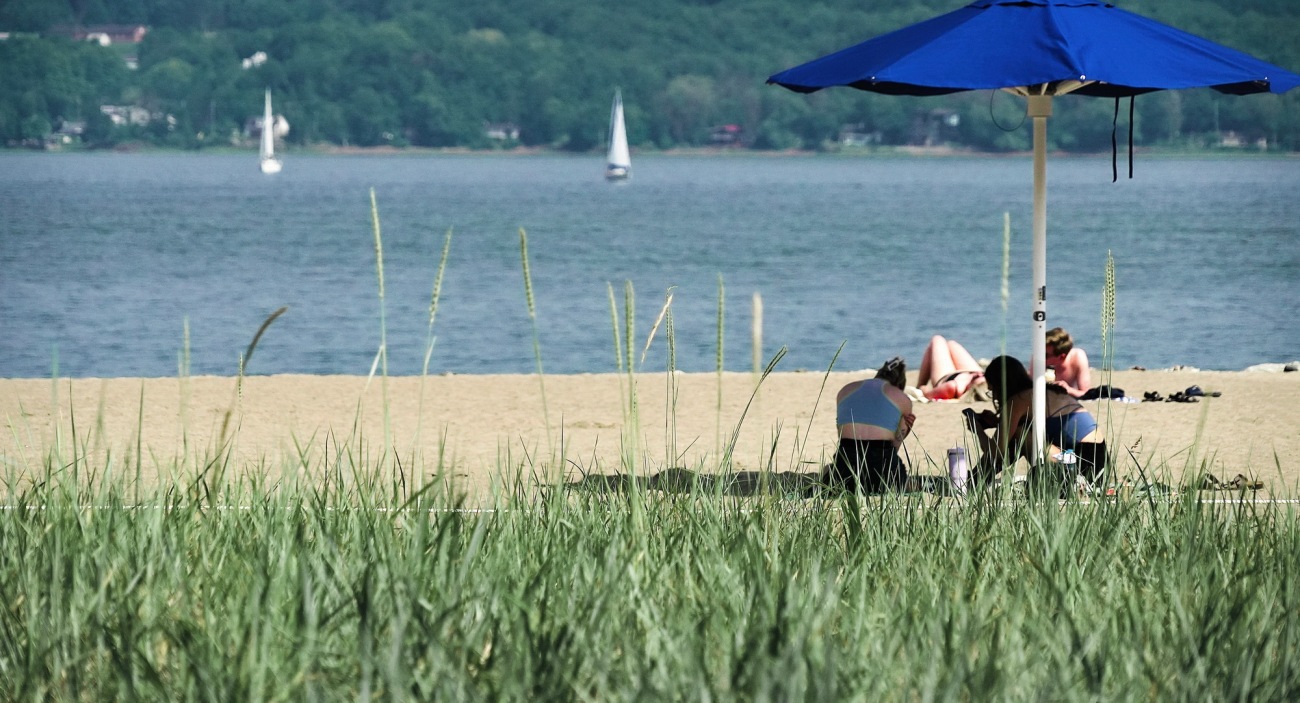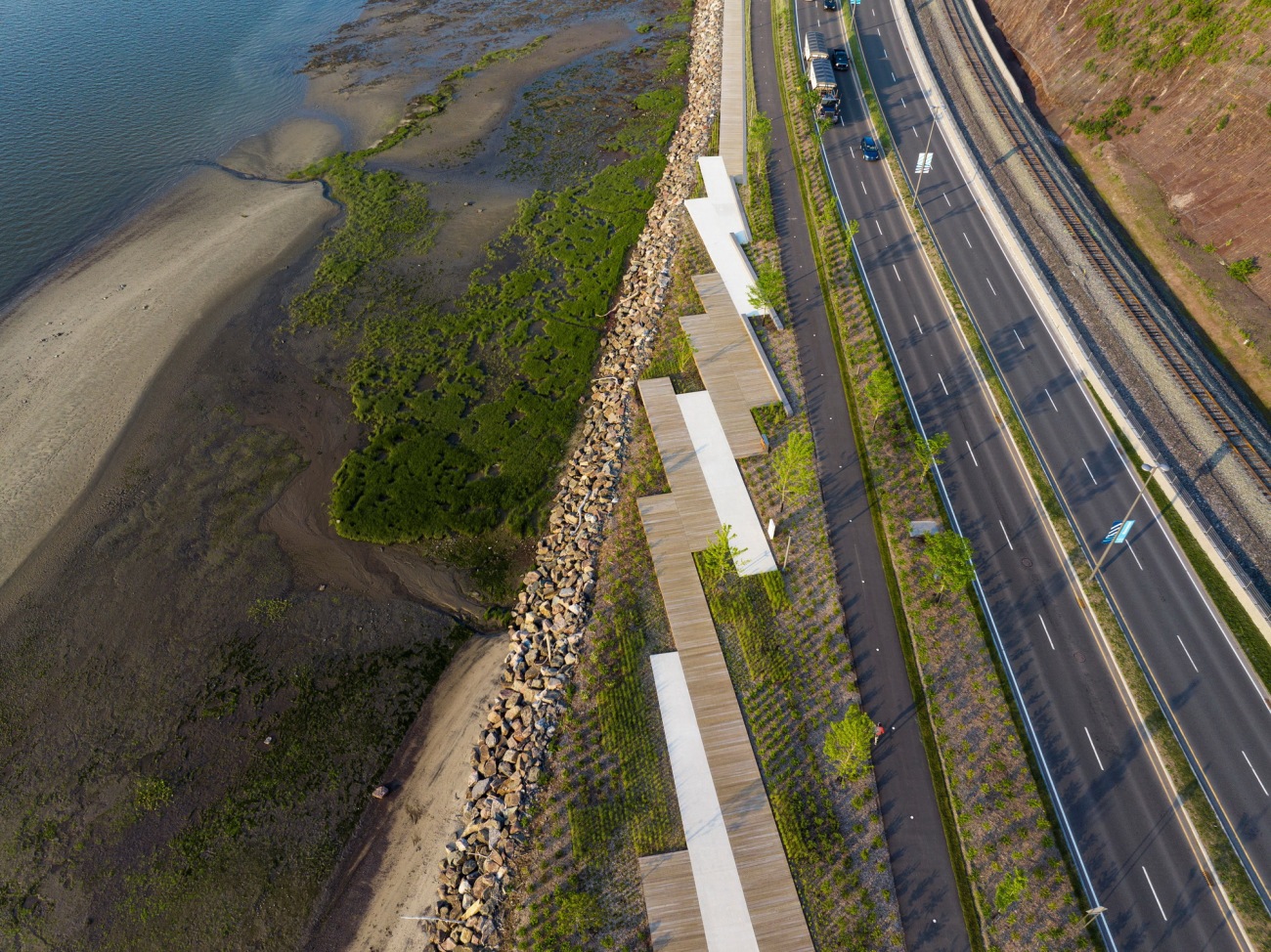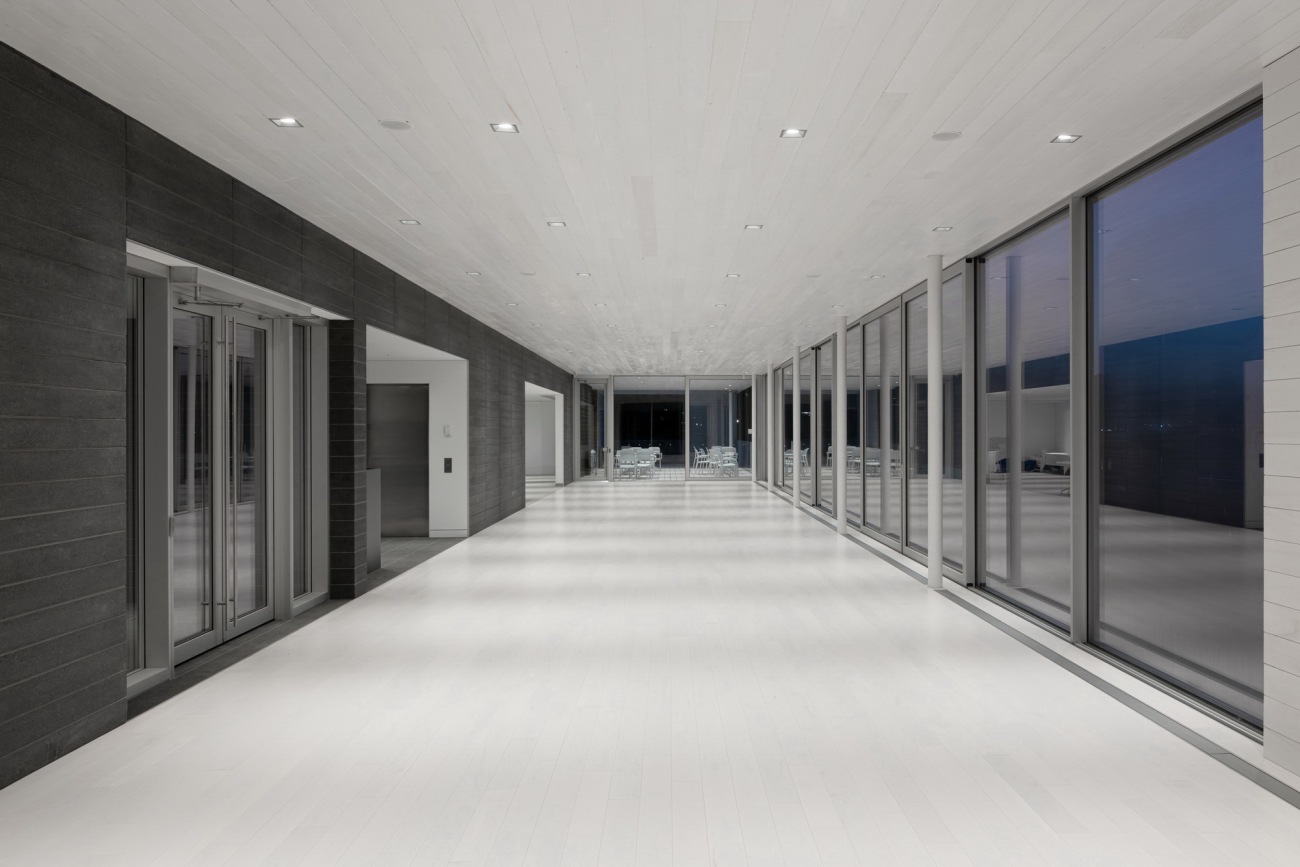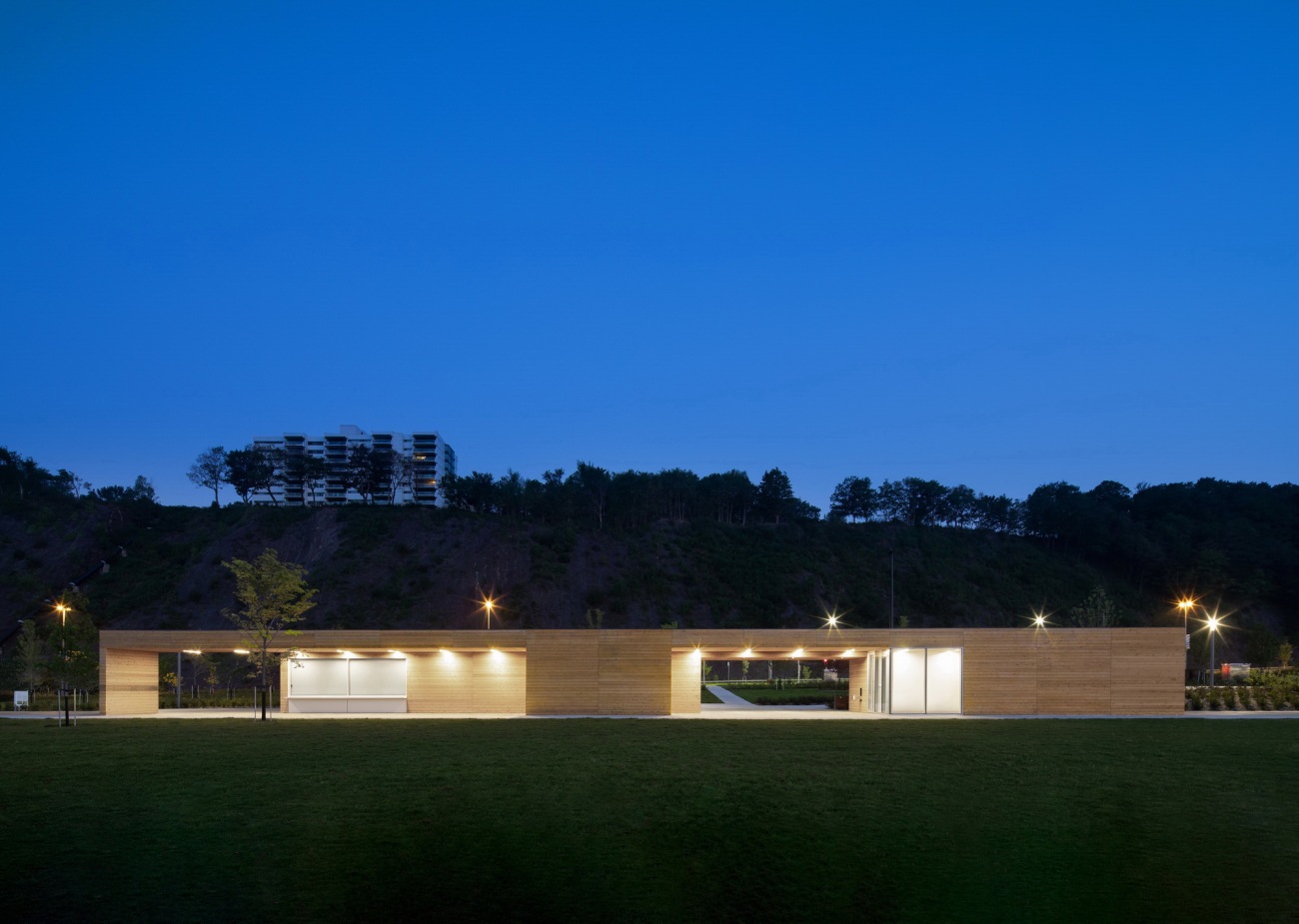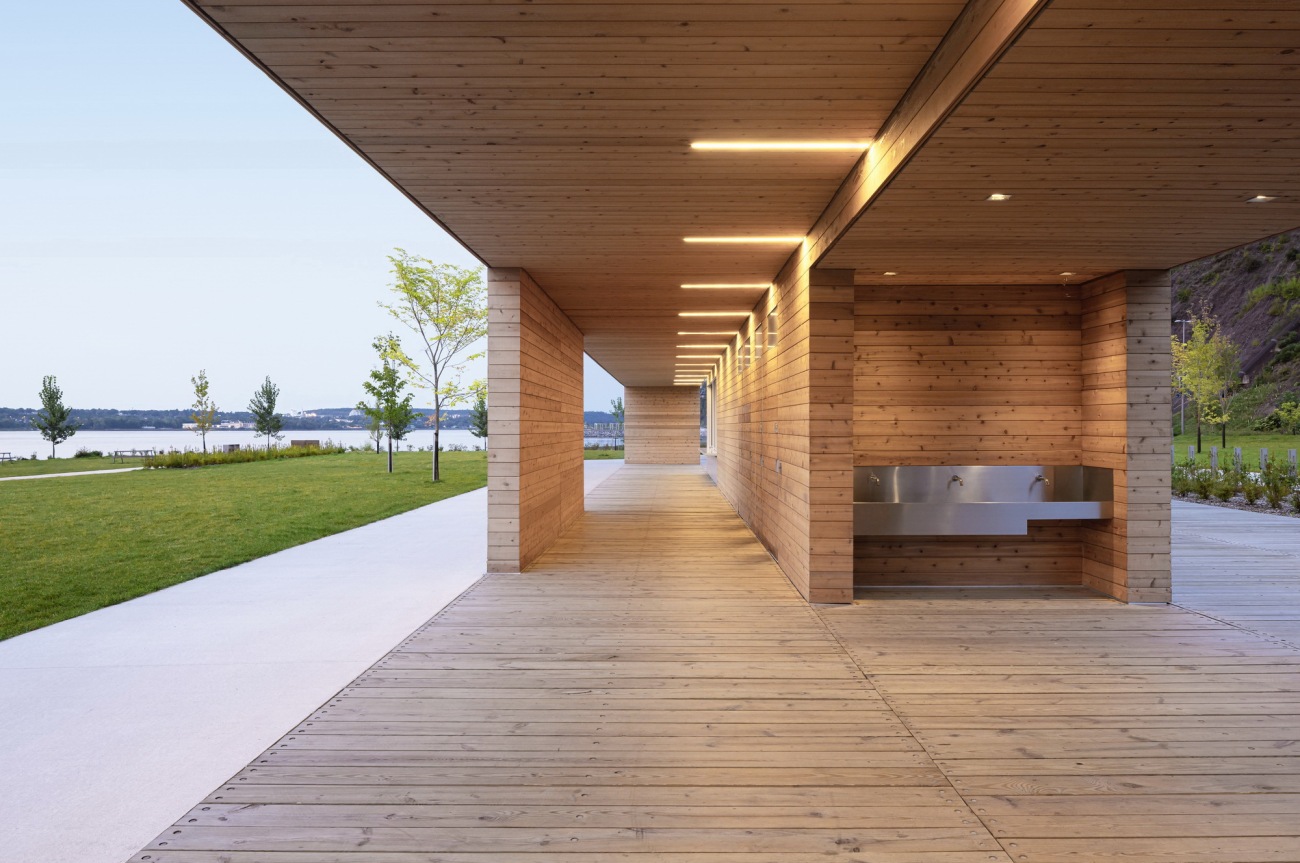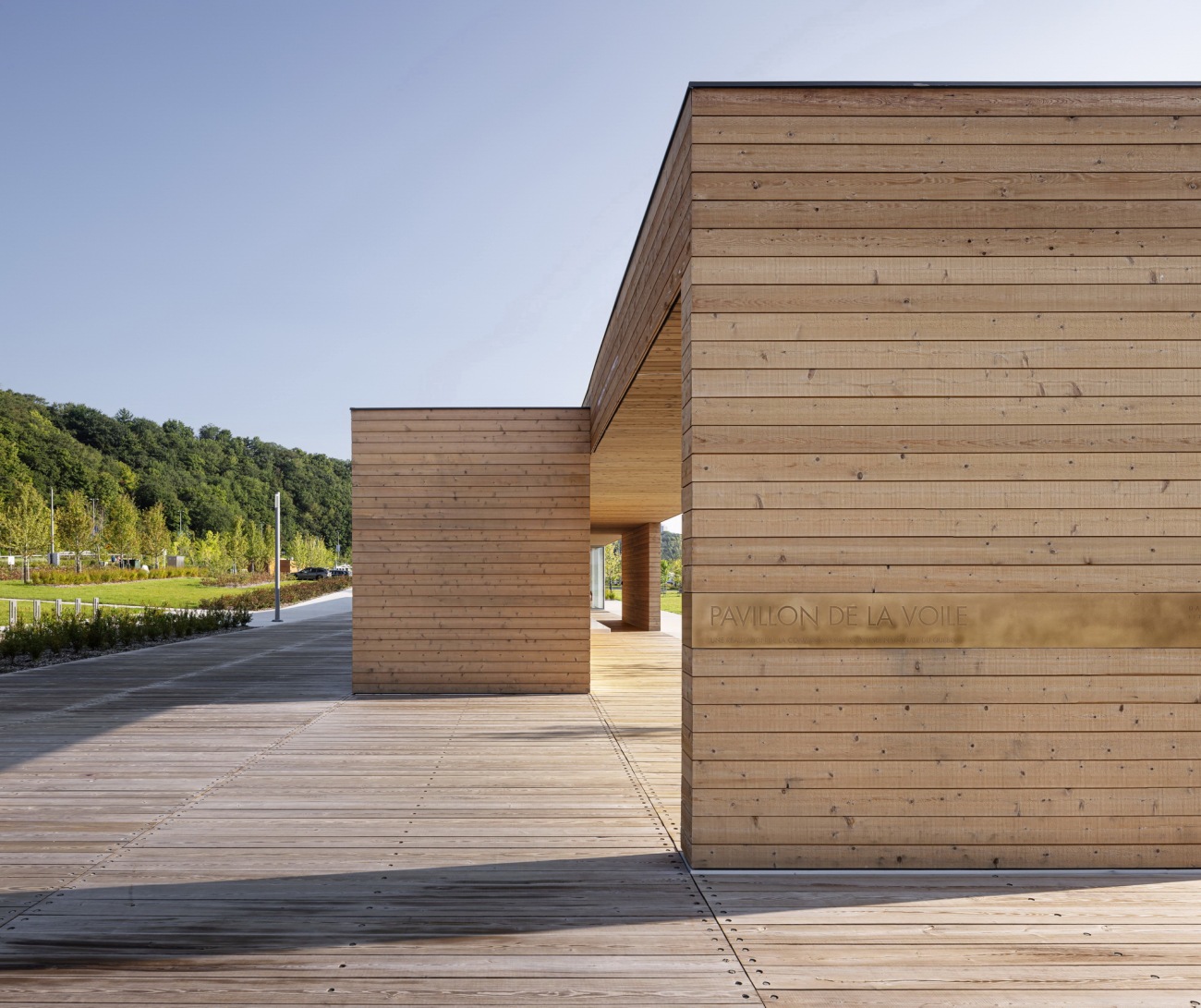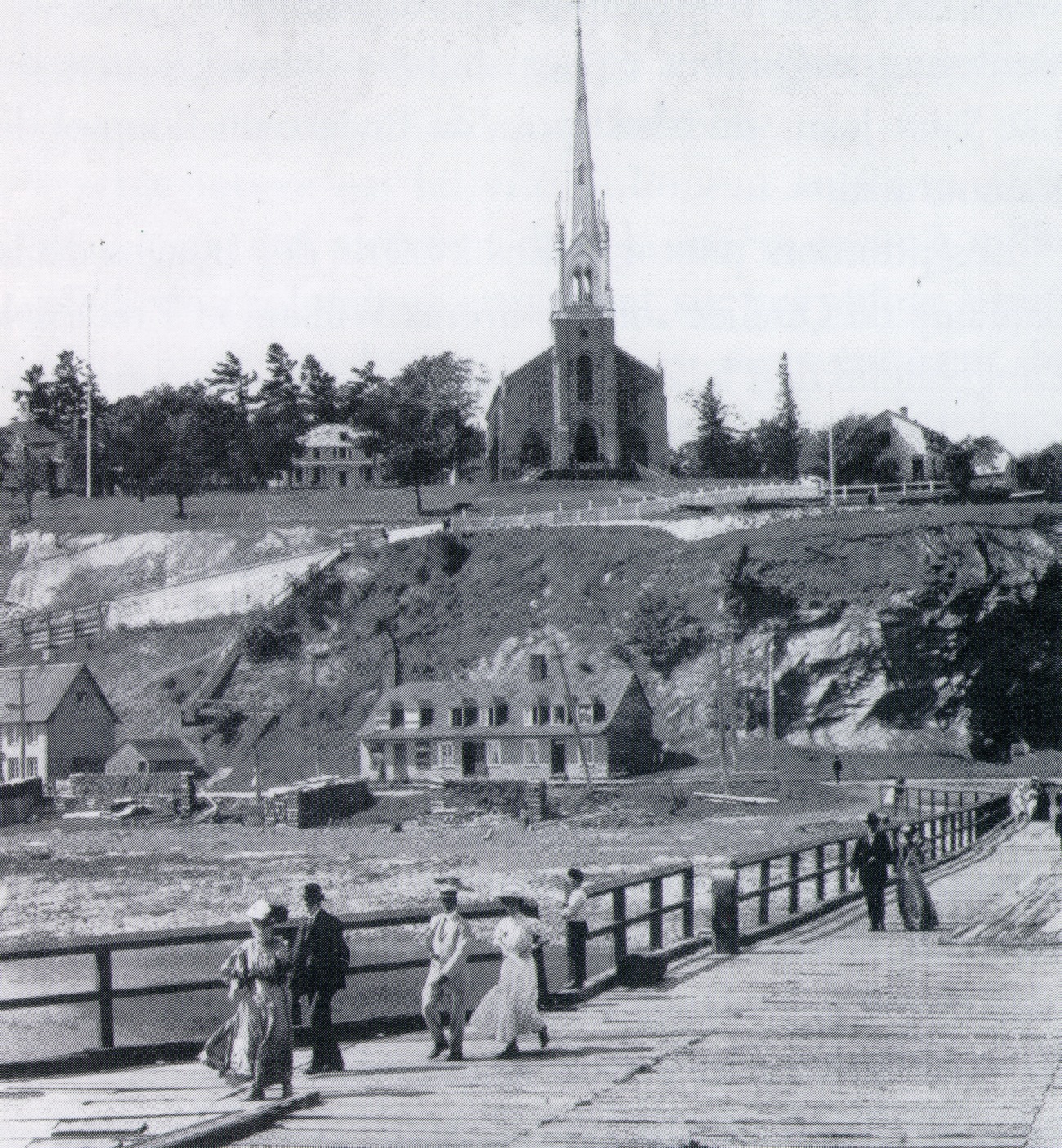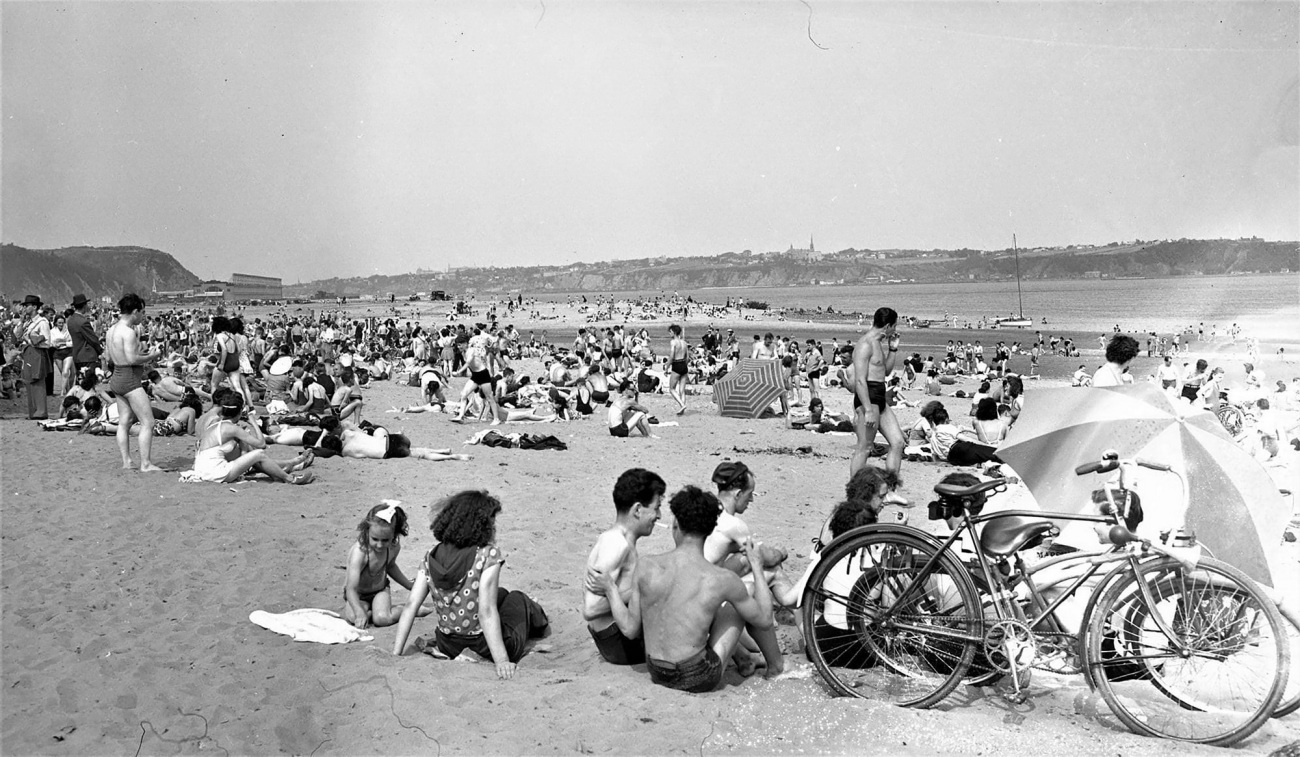| 公司: | Daoust Lestage Lizotte Stecker | 类型: | 景观 |
|---|---|---|---|
| 地区: | 加拿大 | 标签: | 建筑改造 | 公共空间 |
Daoust Lestage Lizotte Stecker介绍其最近完成的Samuel-de Champlain长廊第三阶段,该项目将圣劳伦斯河沿岸2.5公里的之前荒芜的高速公路和铁路走廊转化为一个重要的休闲和文化项目的理想画布。
在首个阶段启动后15年完成的第三阶段延续了相同的设计语言,同时发展出独特且增强的游客设施。
Daoust Lestage Lizotte Stecker introduces its recently concluded third phase of Promenade Samuel-de Champlain, a project converting 2.5-kilometers of a previously desolate expanse of highways and rail corridors along the St. Lawrence River into an ideal canvas for a significant recreational and cultural project.
Completed fifteen years after the inaugural phase, Phase III offers a continuation of the same design language, while evolving to provide distinct and enhanced visitor amenities.
这片区域曾经是城市居民难以逾越的障碍。将高速公路改造为城市林荫大道,并迁移铁路轨道,解锁了约15万平方米的土地,为促进沿河活动型移动提供了可能。
The area was once an insurmountable barrier for the inhabitants of the city. The metamorphosis of the highway into an urban boulevard, and the relocation of railway tracks unlocked approximately 150,000 square metres of land for championing active mobility along the riverfront.
主要目标是将河流归还给人民——这是魁北克政府遗产项目(其首府城市的一个重要项目)的社会使命和推动力。建筑愿景采用了全面的、跨学科的方法,涵盖了从总体规划、建筑和景观设计,到城市家具和标识的所有规模。
The primary goal was to return the river to the people—a social mission and driving force behind the Quebec government's legacy project for its capital city. The architectural vision embraced a comprehensive, multidisciplinary approach encompassing all scales, from the master plan, to architectural and landscape design, down to urban furniture and signage.
该项目加强了圣劳伦斯河的存在感,同时捕捉了场地的本质,并赞美其历史图像和独特的沿海生态特征。从该地区悠久的历史中汲取灵感,根植于木材贸易和造船业,建筑语言反映了19世纪初工业家的创造力,在现代诠释中找到了力量和简洁之美。这种独特的表达在使用贵族材料——木材——方面得到支持,其固有的品质唤起了几代人塑造了这片海岸线的码头修剪和桩木所形成的景观。
The project amplifies the presence of the St. Lawrence River, while capturing the essence of the site, and celebrating its historical iconography and the unique character of its coastal ecosystem. Drawing inspiration from the area's rich history, rooted in the timber trade and shipbuilding, the architectural language mirrors the ingenuity of early 19th-century industrialists, finding strength and simplicity in modern interpretations. This distinctive expression finds its support in the use of a noble material—wood—whose intrinsic qualities evoke the landscapes shaped by dock cuttings and the piles that have defined this coastline for generations.
最终阶段作为整个项目引人注目的中心,开发了一片沙滩,让人回想起上个世纪活跃在该地区的受欢迎的“福隆海滩”。
The final phase serves as the captivating centrepiece of the entire project, with the development of a beach reminiscent of the beloved "Plage du Foulon" that animated the area in the previous century.
主要服务建筑Pavillon des Baigneurs的设计体现了两个长方形体量的延伸形式。第一个体量采用花岗岩,从曲线形沙滩墙延伸而出,而第二个体量则由木材打造,坐落在花岗岩基座之上,提供对景观的全景视野。高性能玻璃的战略使用模糊了室内和室外空间之间的界限,将用户无缝地融入充满活力的海滩氛围中。室内的白色木材致敬了沿海地区阳光明媚的特性,而木结构的悬臂巧妙地框出了门槛和海滩级别的小吃店露台。
The design of the main service building, Pavillon des Baigneurs, embodies the elongated form of two rectangular volumes. The first volume, in granite, extends from the curvilinear beach wall, while the second, fashioned from wood, sits atop the granite base, offering panoramic views of the landscape. The strategic use of high-performance glass blurs the boundaries between interior and exterior spaces, seamlessly integrating users into the vibrant beach ambiance. The interior's white wood pays homage to the sunny character of coastal locales, while the overhangs of the wooden structure artfully frame the threshold and the beach-level snack bar terrace.
这个海滩象征着这类建筑项目可以提供的社会贡献。它对所有人开放和可访问,不论年龄、背景或社会地位,为公众提供了一个新的休闲天堂。
The beach epitomizes the societal contribution that an architectural project of this nature can provide. Open and accessible to all, regardless of age, background, or social status, it serves as a new recreational haven for the public.
水面的镜像、游泳区和河流之间的相互作用创造了无缝连接,由于不断溢出的水槽的无限延伸,让人产生了在河流的拥抱中沐浴和漫步的错觉。沙滩、海滩墙和海莨草植物床相邻,打造出一片类似河边度假村的景观,与水道独特的特征相得益彰。
The interplay between the mirror of water, the swimming area, and the river creates a seamless connection, with the illusion of bathing and strolling within the river's embrace, thanks to the infinite line of the overflowing basins. The sandy beach, alongside the beach wall and the sea lyme grass plant bed, crafts a landscape akin to a riverside resort tailored to the unique character of the waterway.
环绕海滩的长廊展现出多样的功能和氛围。向西,游客穿越一系列模仿沿海草地的花园,将自然轮廓与特有的沿海景观植物组合融合在一起。与此同时,像Pavillon de la Côte和Frontenac Quay这样的建筑元素为项目的现代表达做出了贡献。在东侧,一条码头小径突出了现有的沼泽地,最终形成了一片广阔的绿色平原。Pavillon de la Voile、体育设施、野餐平台以及通往河流自然边缘的通道融合成一个多功能的空间。
Flanking the beach, the promenade unfolds with diverse functions and atmospheres. To the west, visitors traverse a series of gardens mimicking the coastal meadows, blending natural contours with a plant composition characteristic of native coastal landscapes. Meanwhile, architectural elements like Pavillon de la Côte and Frontenac Quay contribute to the project's contemporary expression. On the eastern side, a dockside trail highlights an existing marshland, culminating in an expansive green plain. Pavillon de la Voile, sports facilities, picnic platforms, and access to the river's natural edge coalesce into a versatile space.
该项目进一步提供了恢复这个被忽视地区生物多样性的机会,种植了1,055棵树木、28,950株灌木和117,000株本地草本植物。还进行了努力以振兴圣米歇尔沼泽,保护对该地区植物和动物群落至关重要的生态系统。
The project further served as an opportunity to restore biodiversity to this neglected area, and 1,055 trees, 28,950 shrubs, and 117,000 native herbaceous plants were planted. Efforts were also made to revitalize the Saint-Michel marsh, preserving an ecosystem crucial for the area's flora and fauna.
这个跨学科的努力的结果是一个与环境无缝结合的项目,自从启用以来,深受游客欢迎,被认为是一个巨大成功。它成为了集体自豪感和身份认同的源泉,与其目标完美契合——为用户提供有意义的、愉悦的体验,同时支持与公共健康、生态学、生物多样性和气候行动相关的目标。
The outcome of this multidisciplinary effort is a project seamlessly woven into its environment, resonating as a resounding success among visitors since its inauguration. It stands as a source of collective pride and identity, aligning perfectly with its objective—to offer users a meaningful, enjoyable experience, while championing goals related to public health, ecology, biodiversity, and climate action.
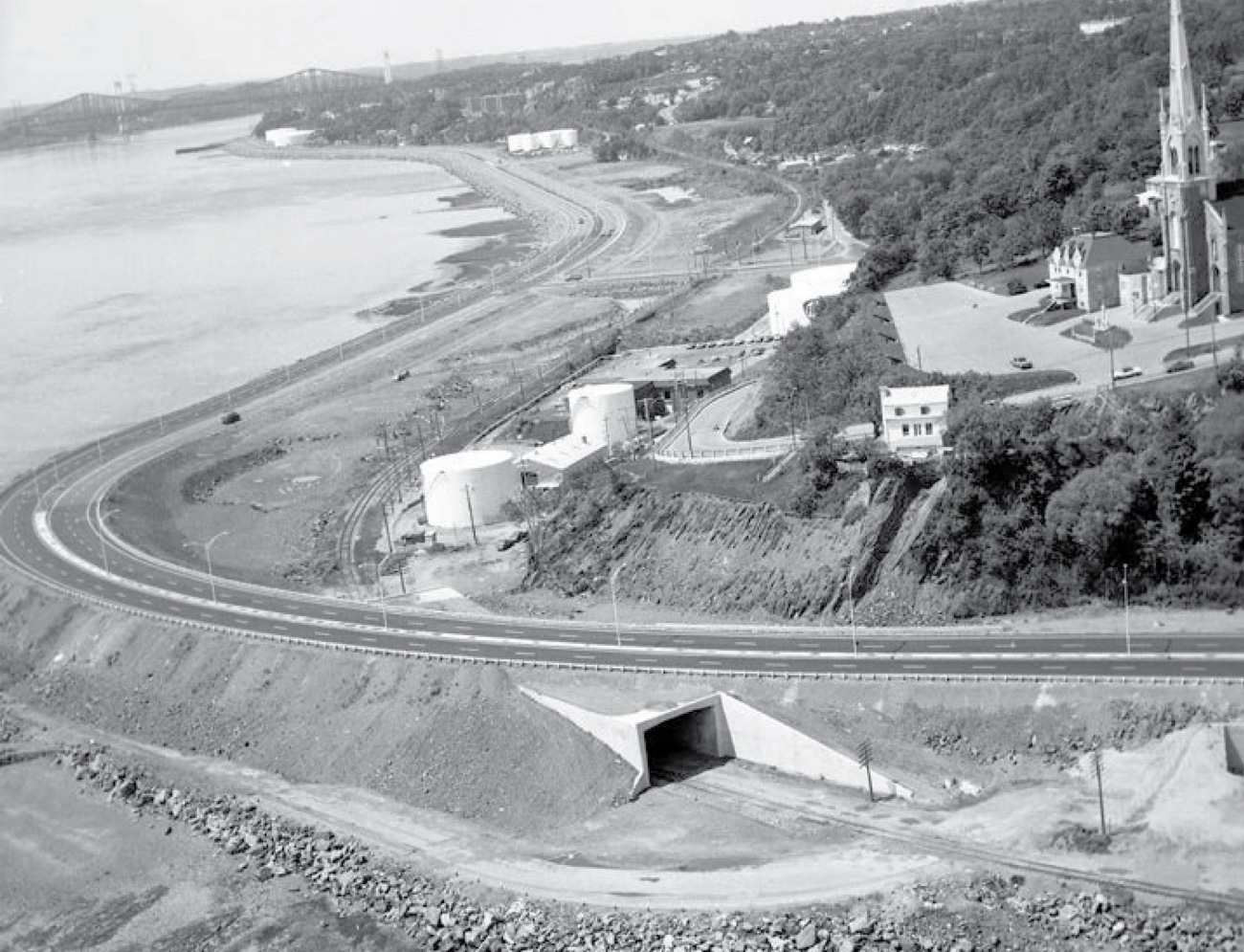 | 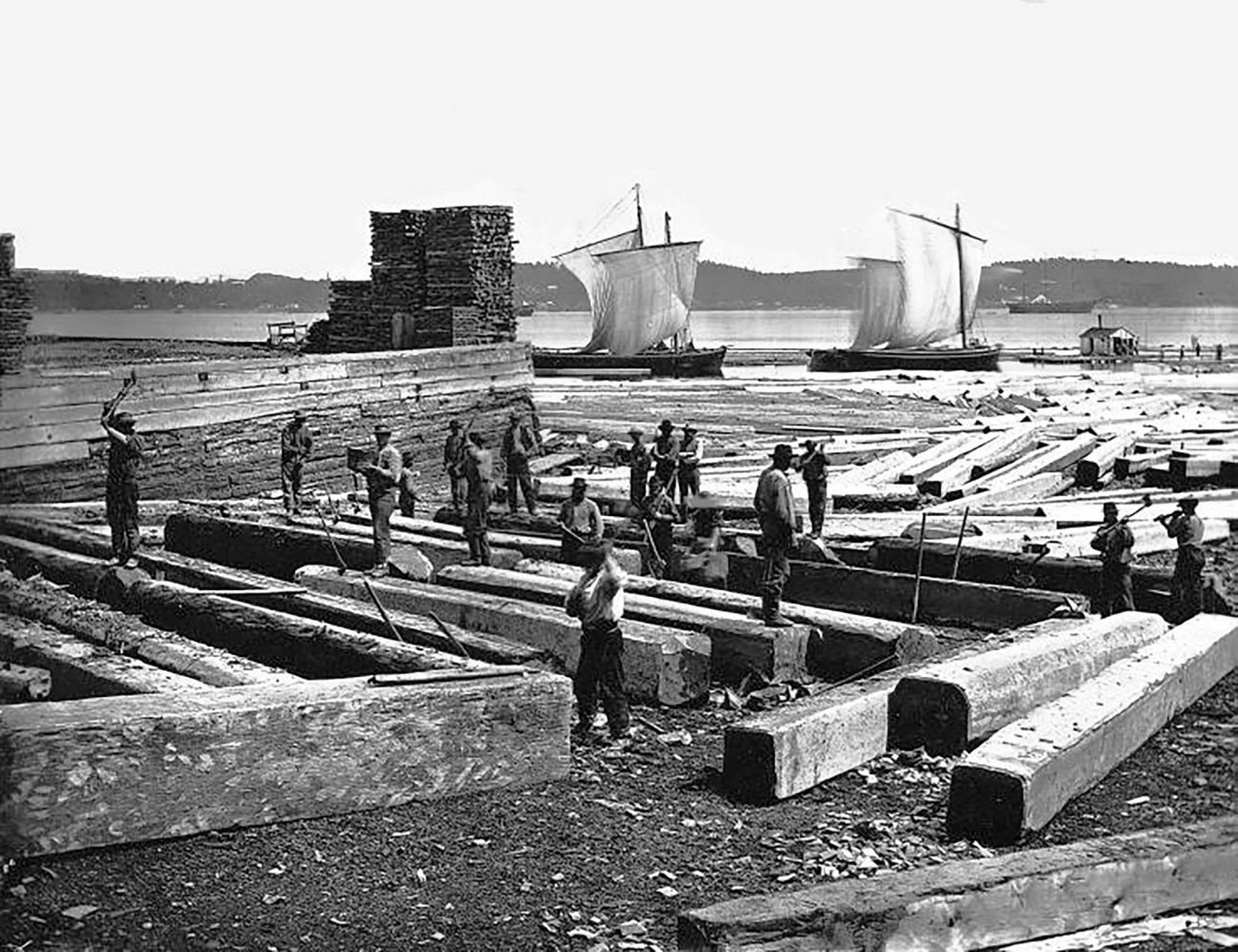 |
Technical sheet
Client :Commission de la capitale nationale du Québec (CCNQ)
Project Manager :Société québécoise des infrastructures (SQI)
Lead designer - architecture, urban design, landscape:
Daoust Lestage Lizotte Stecker
Réal Lestage
Eric Lizotte
Caroline Beaulieu
Lucie Bibeau
Grégory Taillon
David Gilbert
Mélissa Simard
Luca Fortin
Maria Benech
Architecture :Daoust Lestage Lizotte Stecker
Consortium - landscape :Daoust Lestage Lizotte Stecker, Option aménagement et Williams Asselin Ackaoui
Partner :Ministère des Transports et de la Mobilité durable
Engineering :AtkinsRéalis,WSP,Tetra Tech
Process engineering :François Ménard
Construction manager :Pomerleau
Contractors :Construction BML – Station de la Côte, station de la Voile et Boulevard
Construction Deric – Station de la plage, mirror of water and the swimming area
Construction Citadelle – Pavillon de la Côte et pavillon de la Voile
Bauvais & Verret – Pavillon des Baigneurs
Photo credits :Adrien Williams, Stéphane Groleau, Maxime Brouillet, Daoust Lestage Lizotte Stecker / Luca Fortin, Nicole Grenier, Radio-Canada / Erik Chouinard, Bibliothèque et Archives Canada, Archives du Musée McCord, Archives de la Ville de Québec
更新日期:2024-05-20 16:43:09
非常感谢 Daoust Lestage Lizotte Stecker 带来的精彩项目, 查阅更多Appreciations towards Daoust Lestage Lizotte Stecker for sharing wonderful work on hhlloo. Click to see more works!
